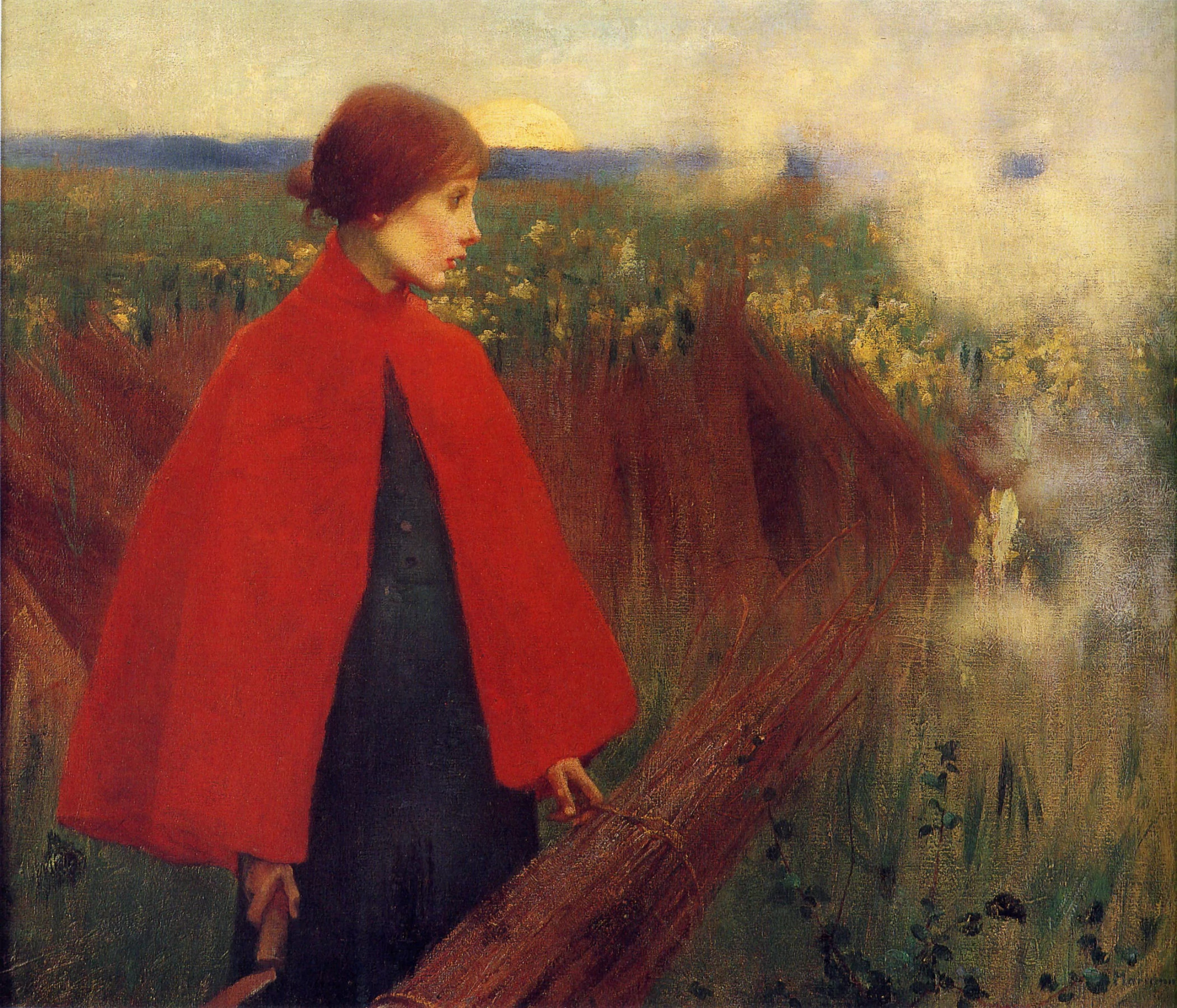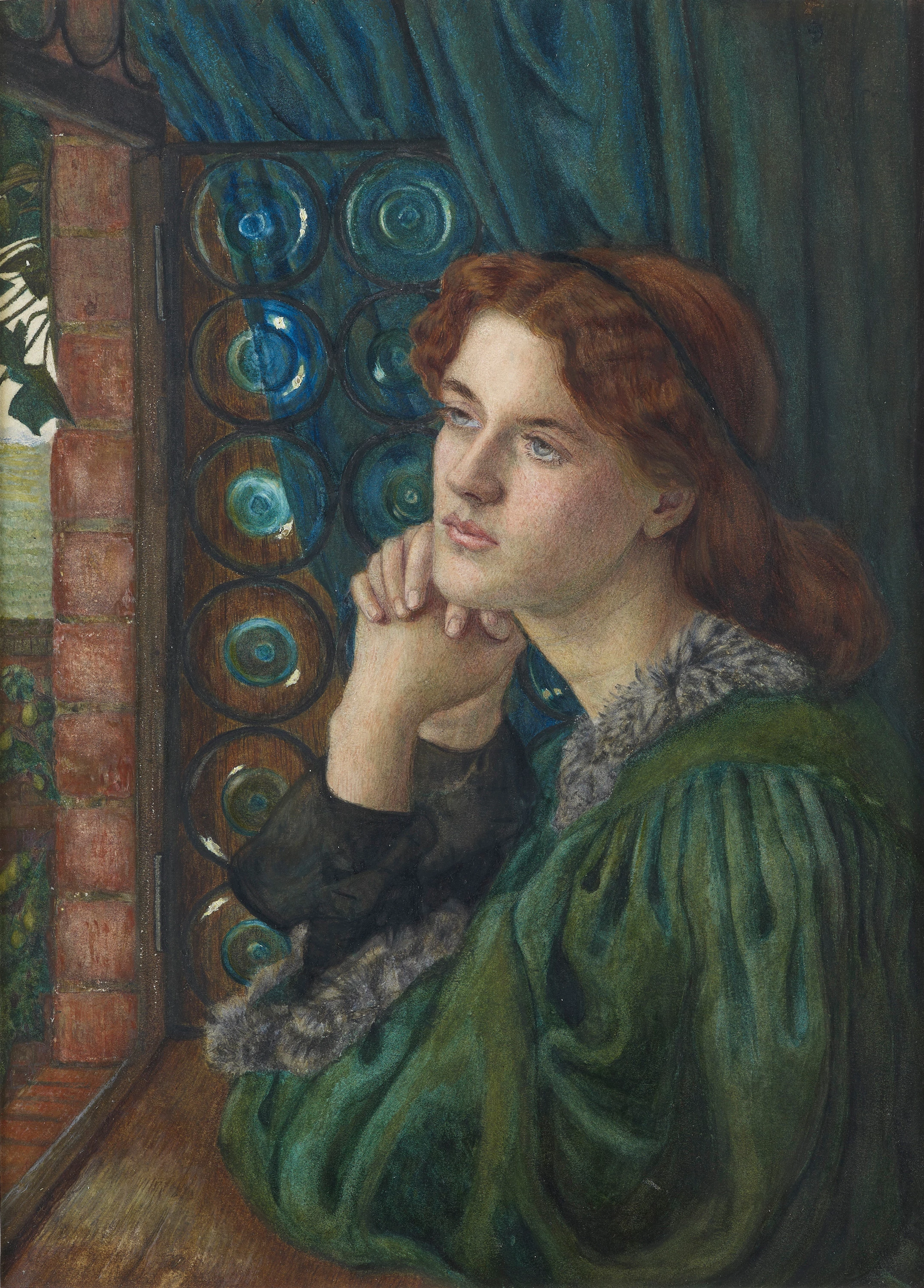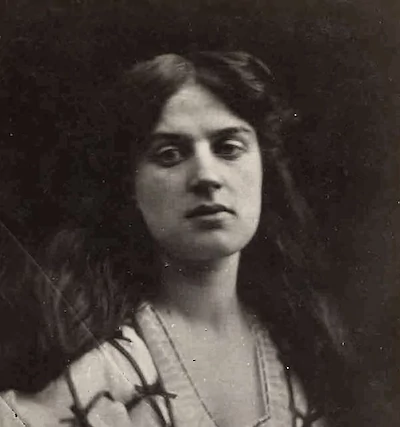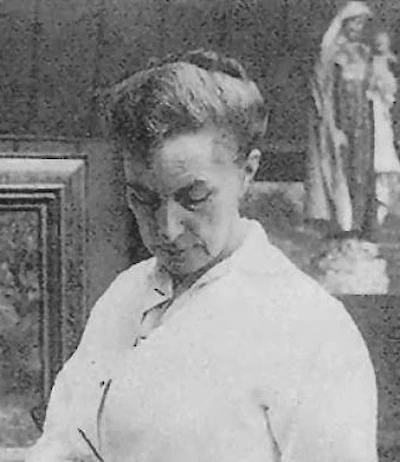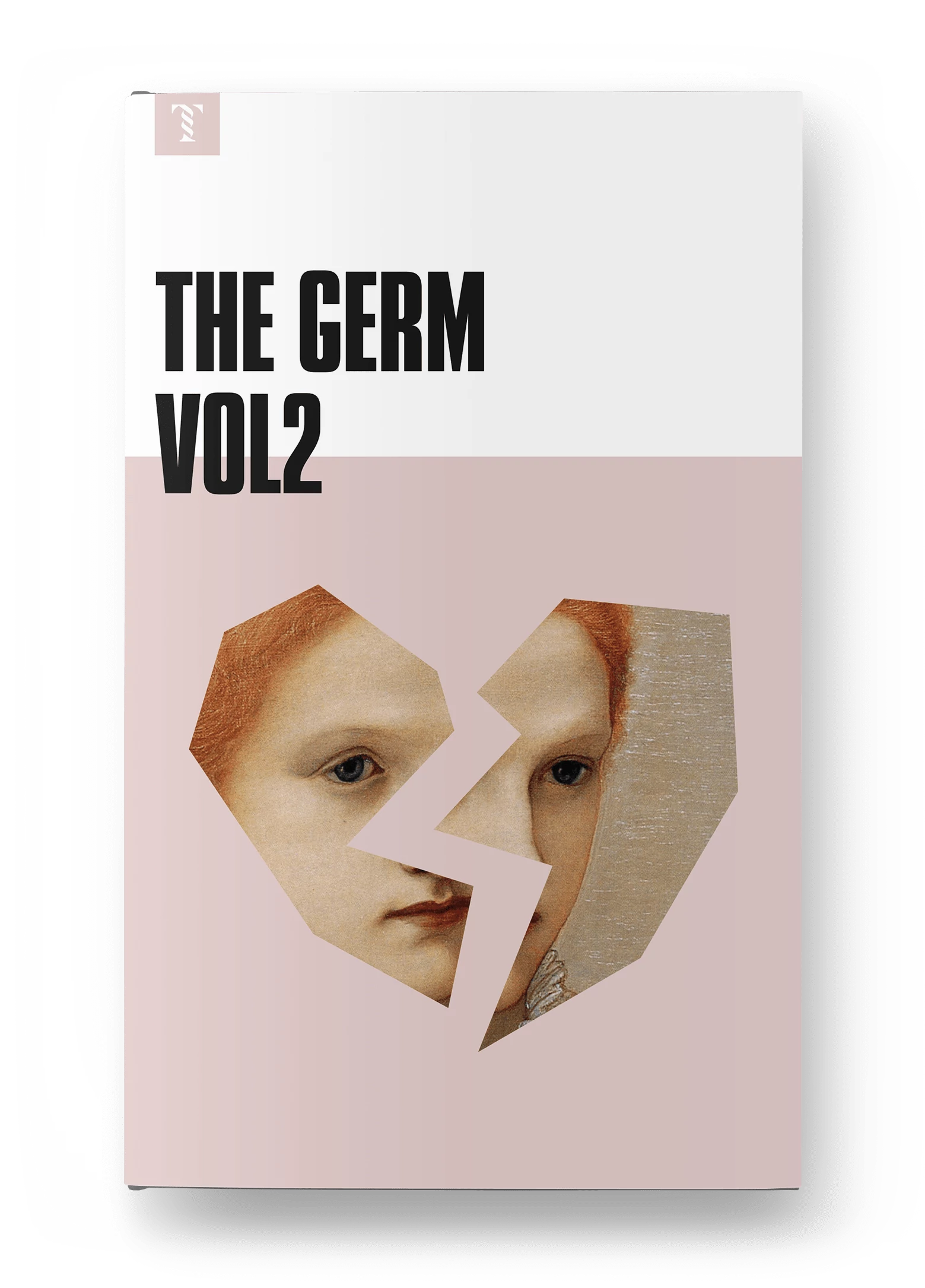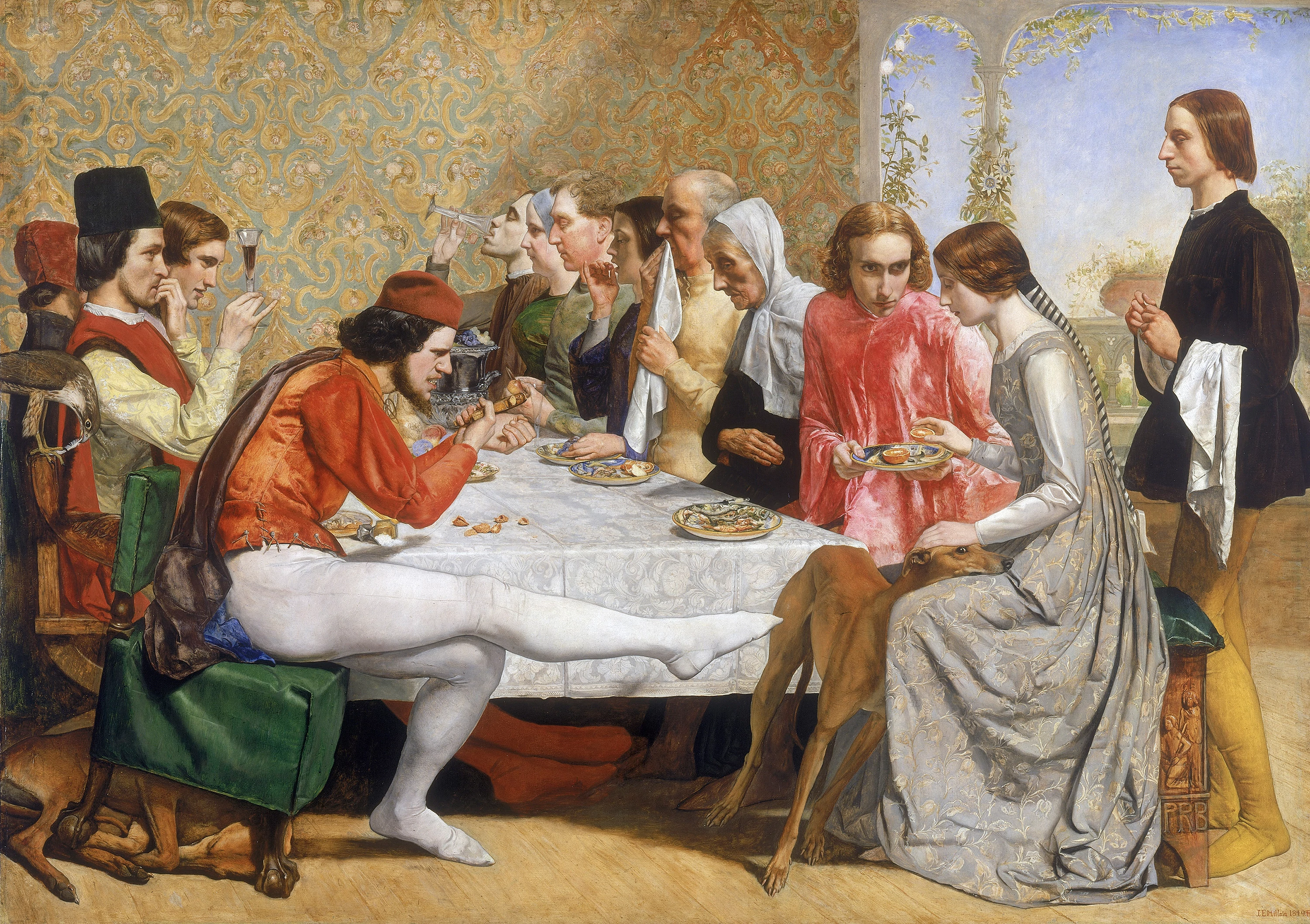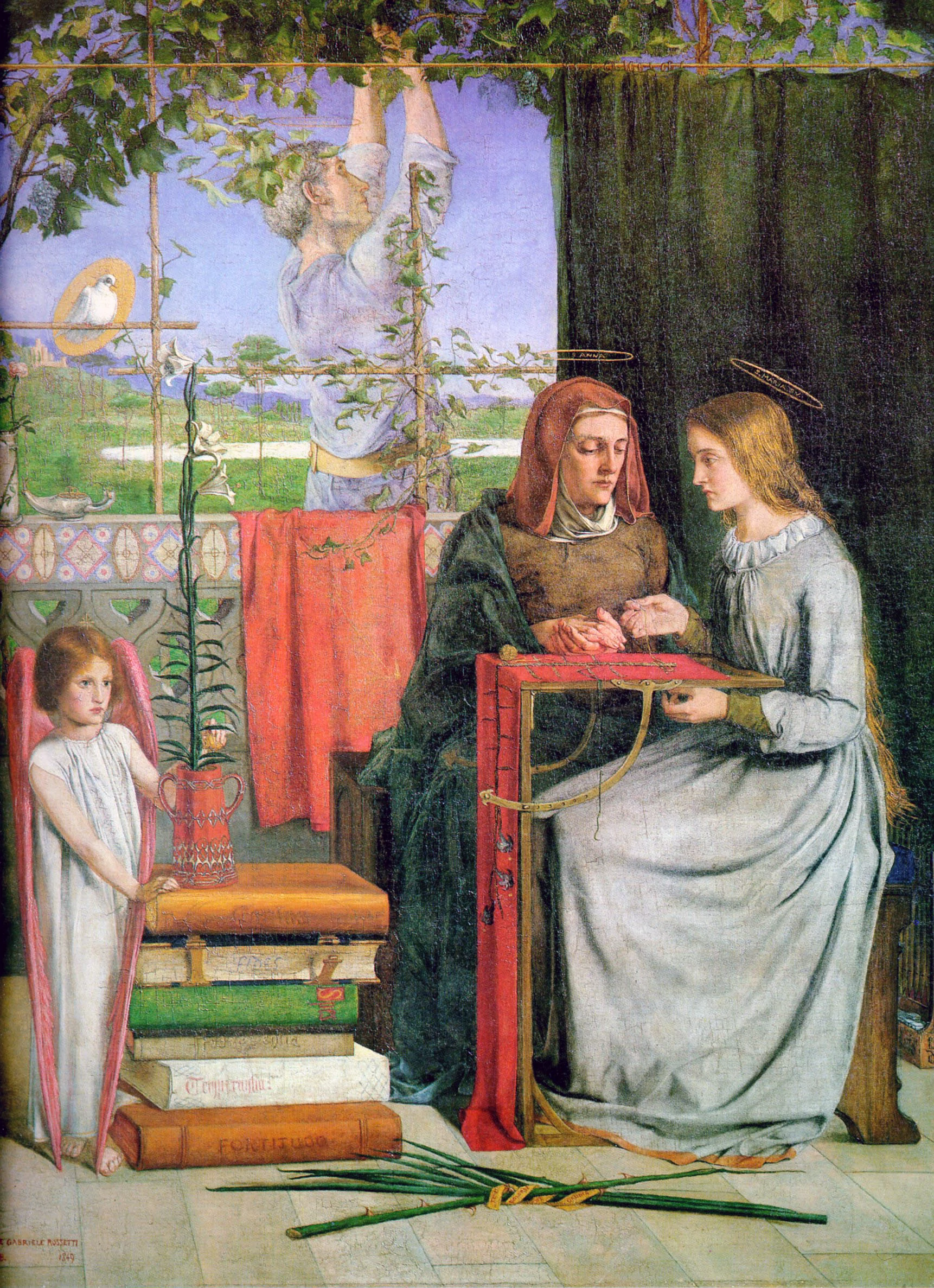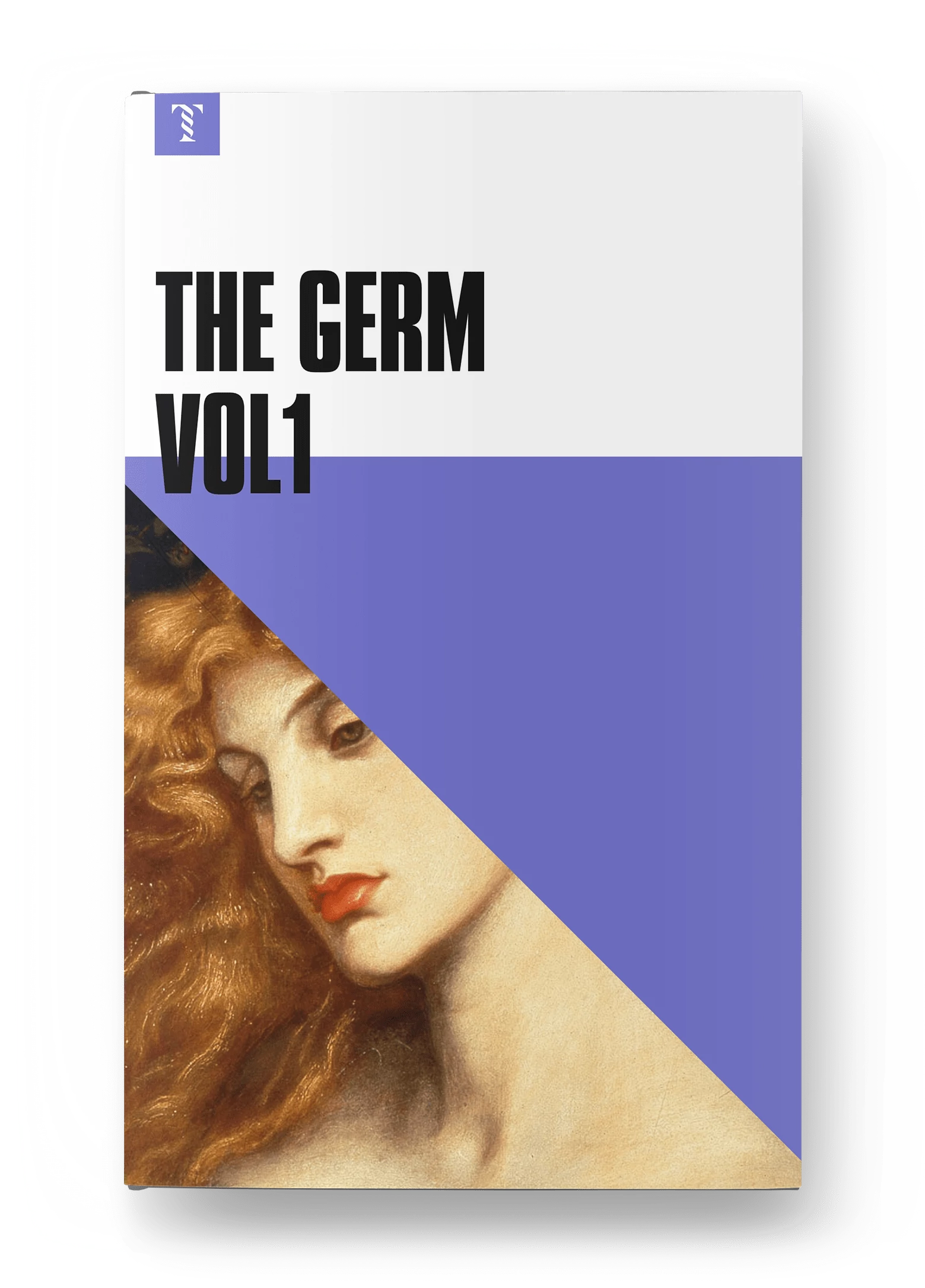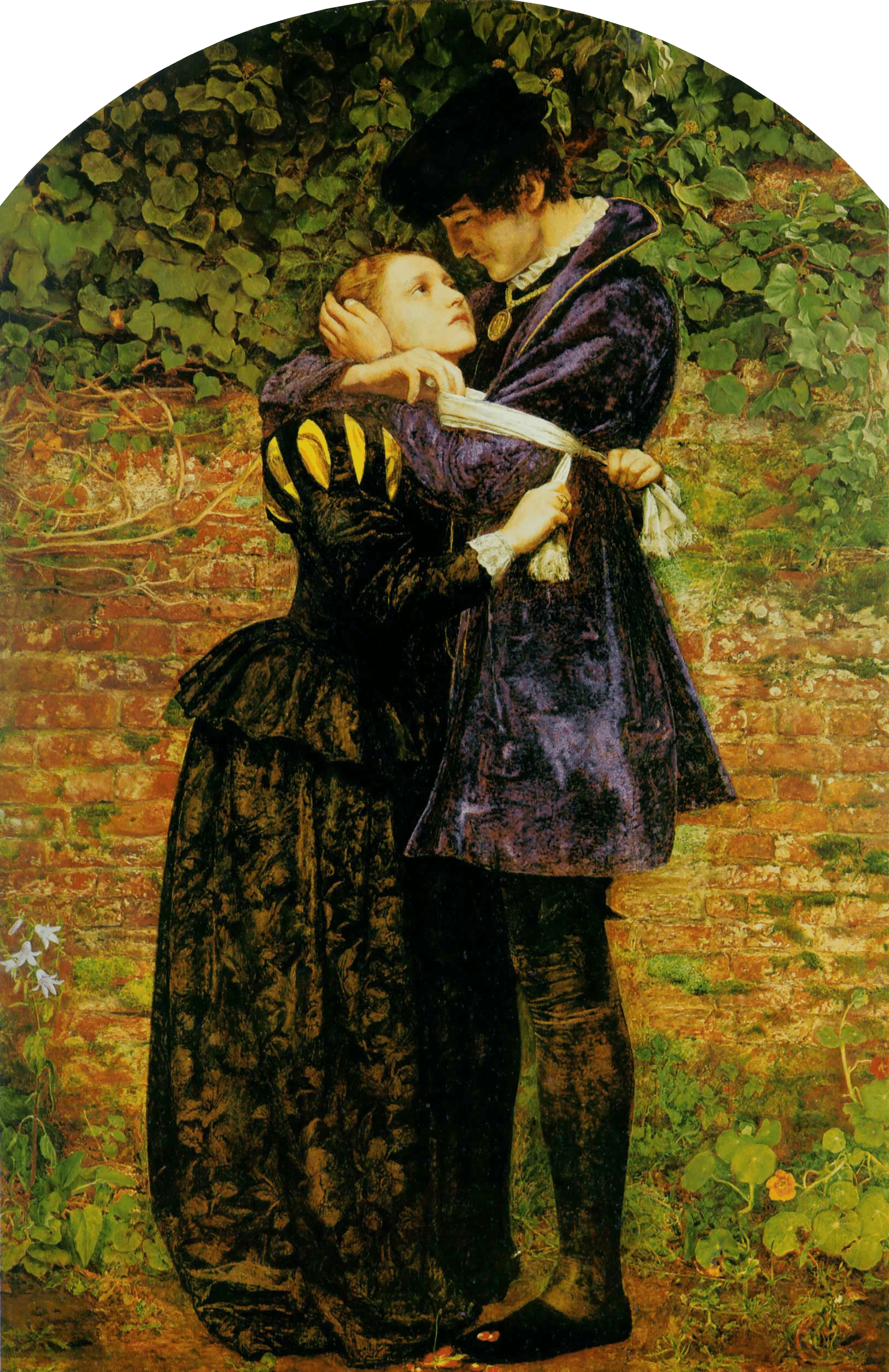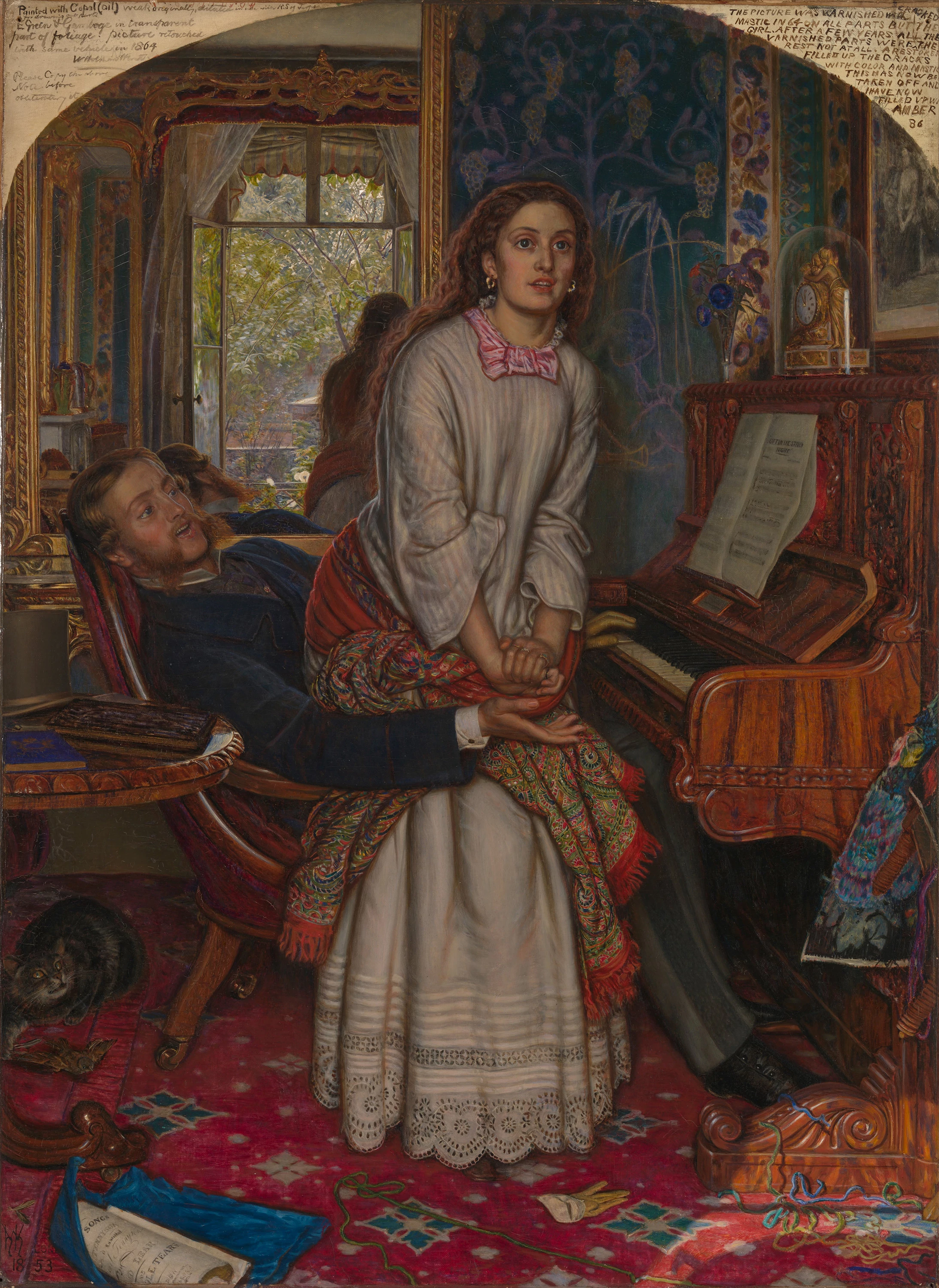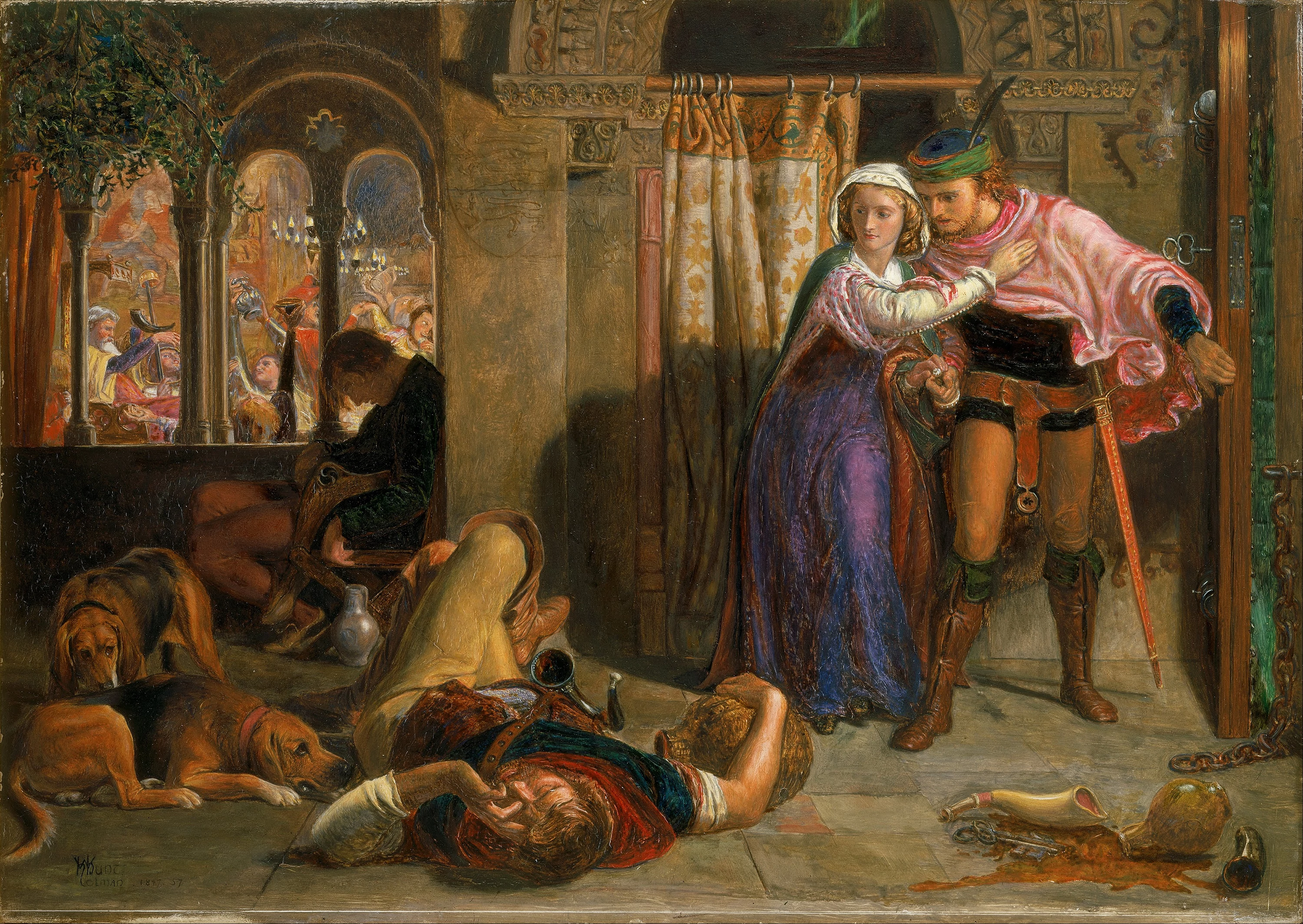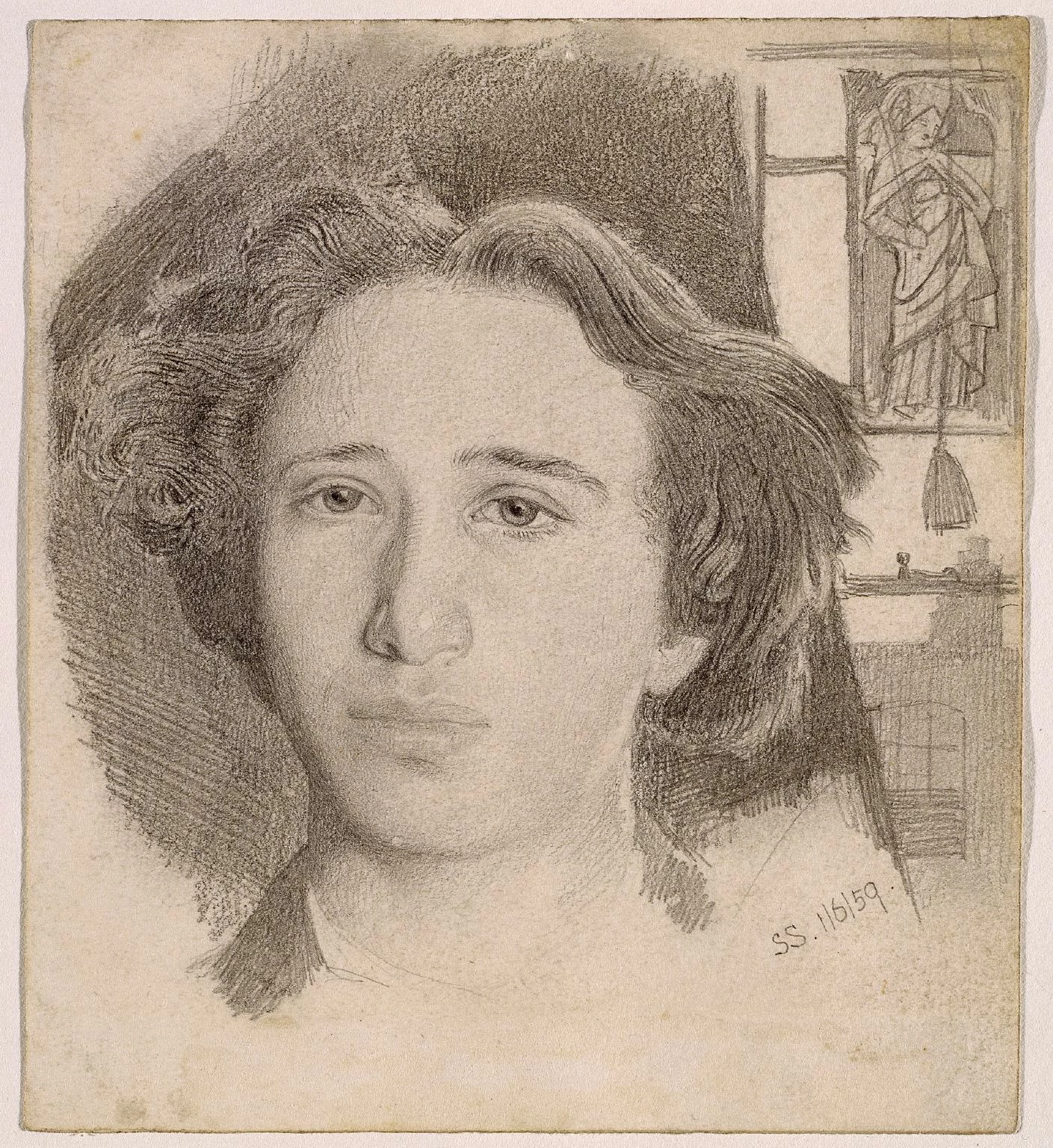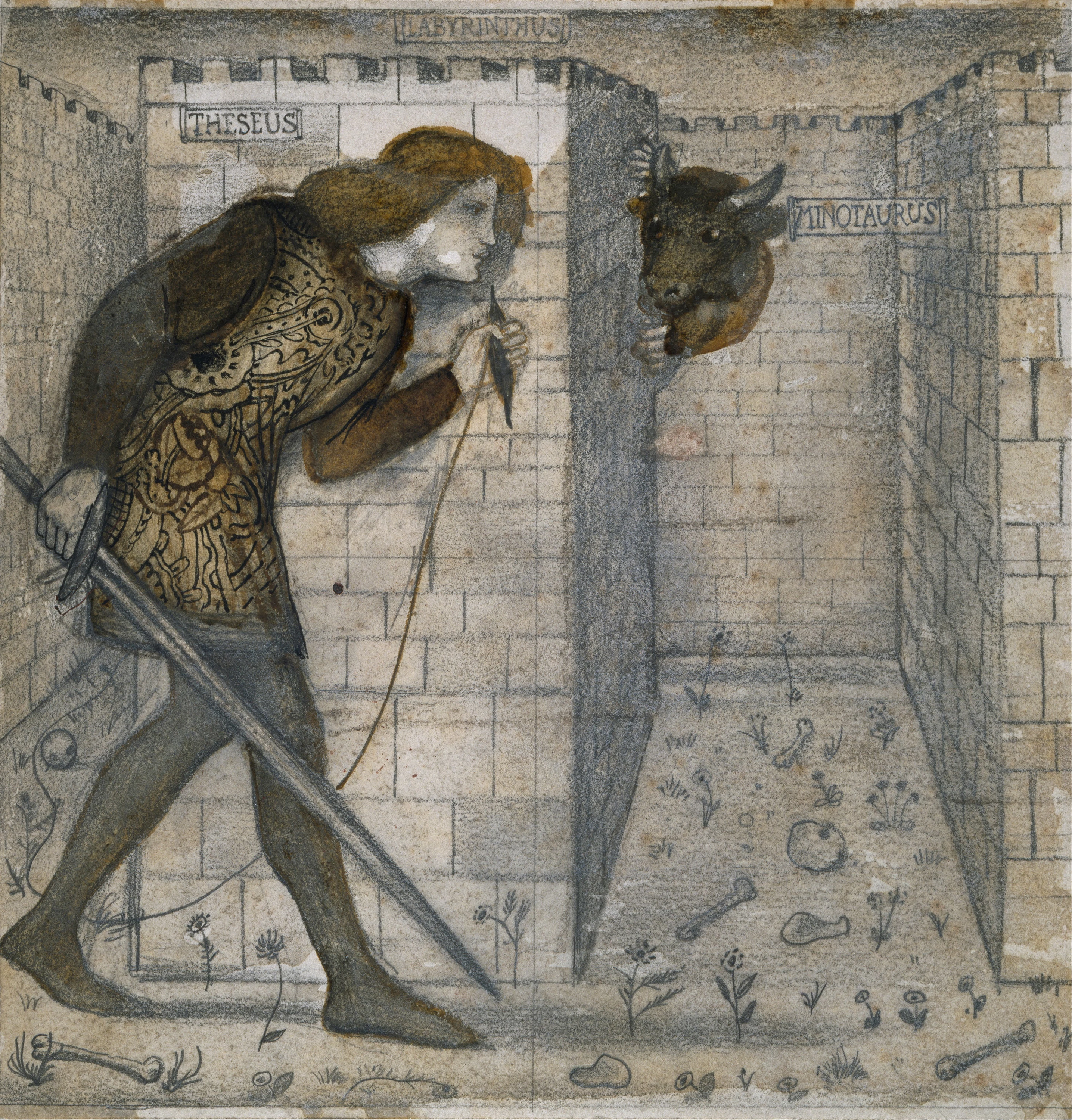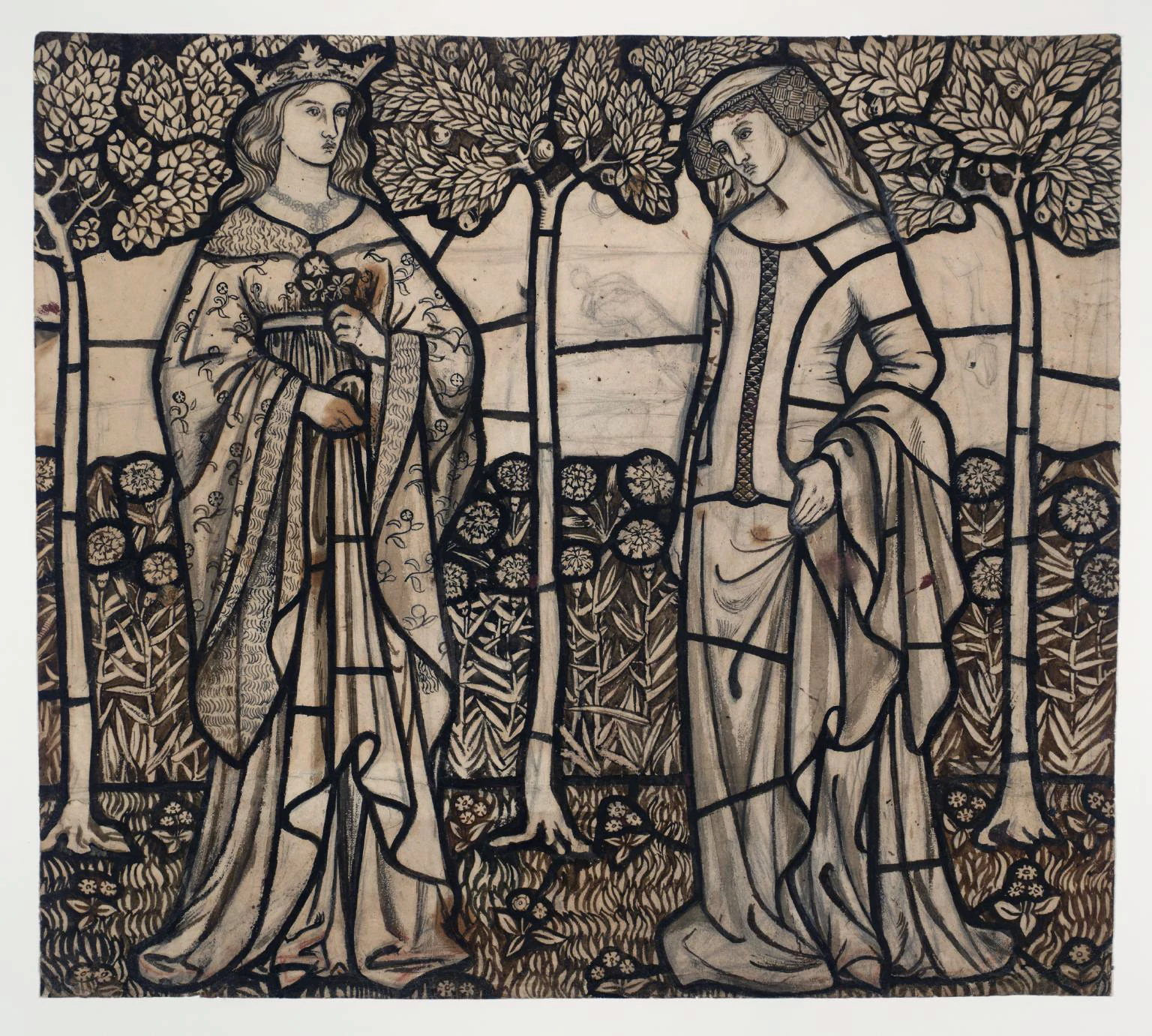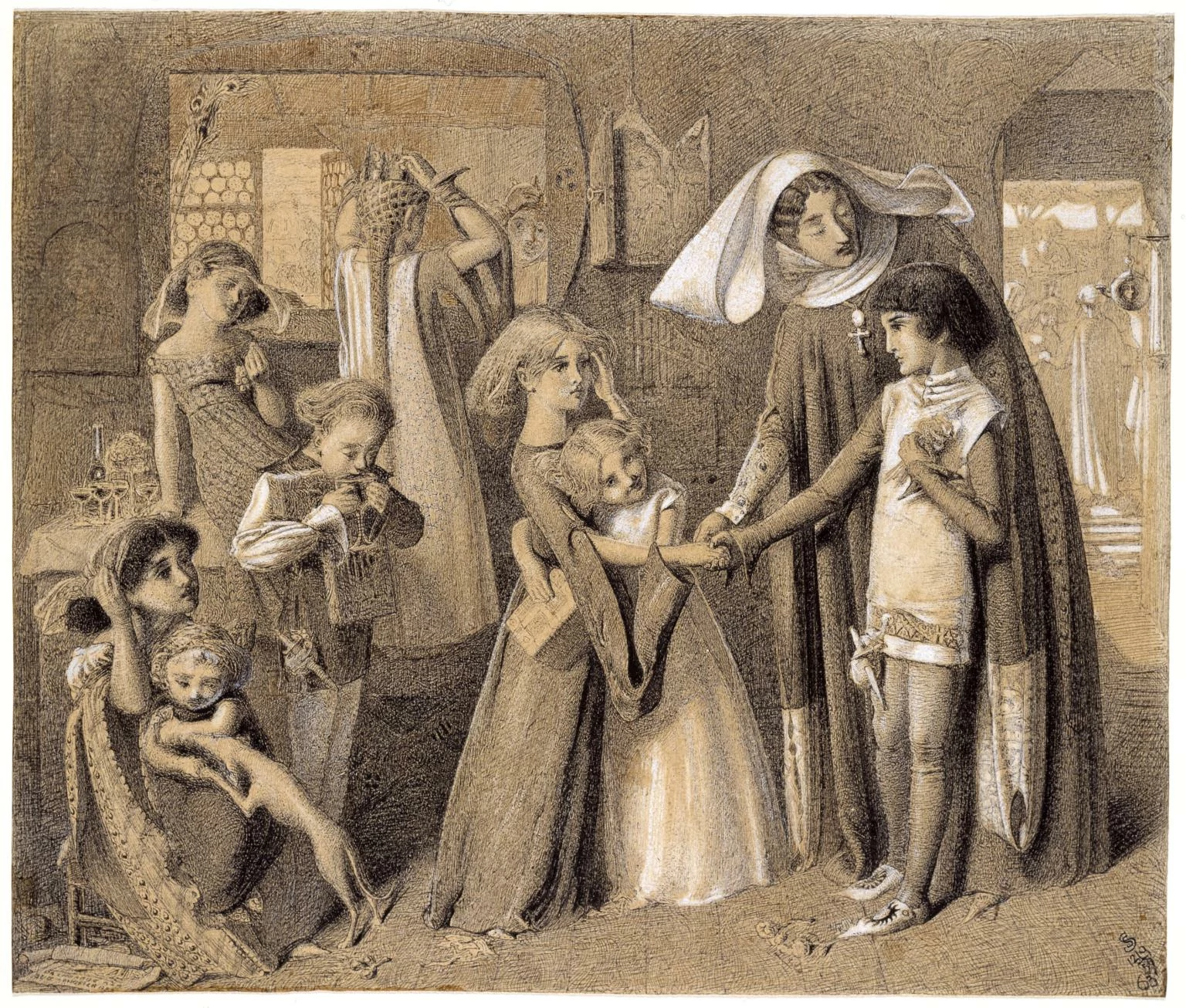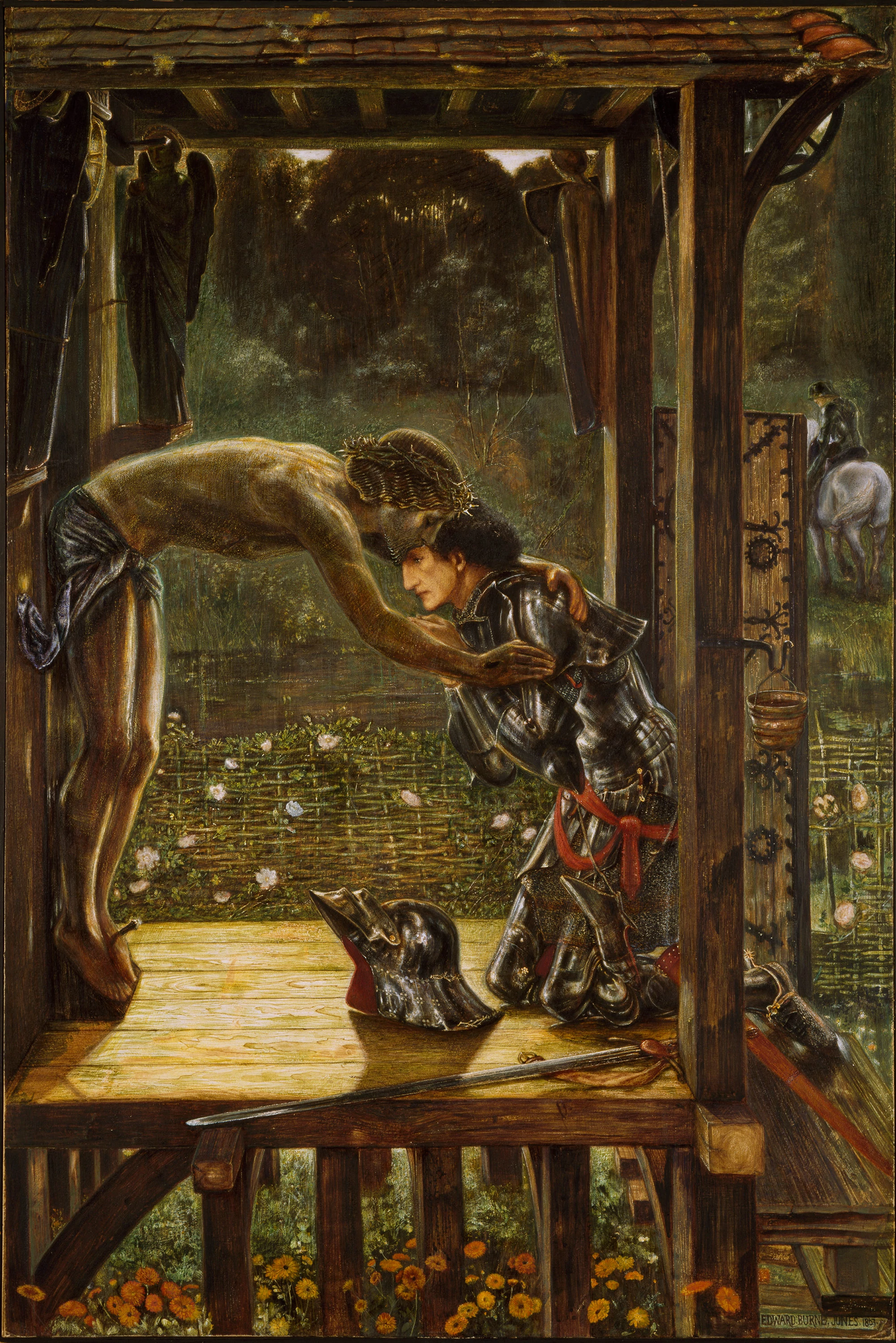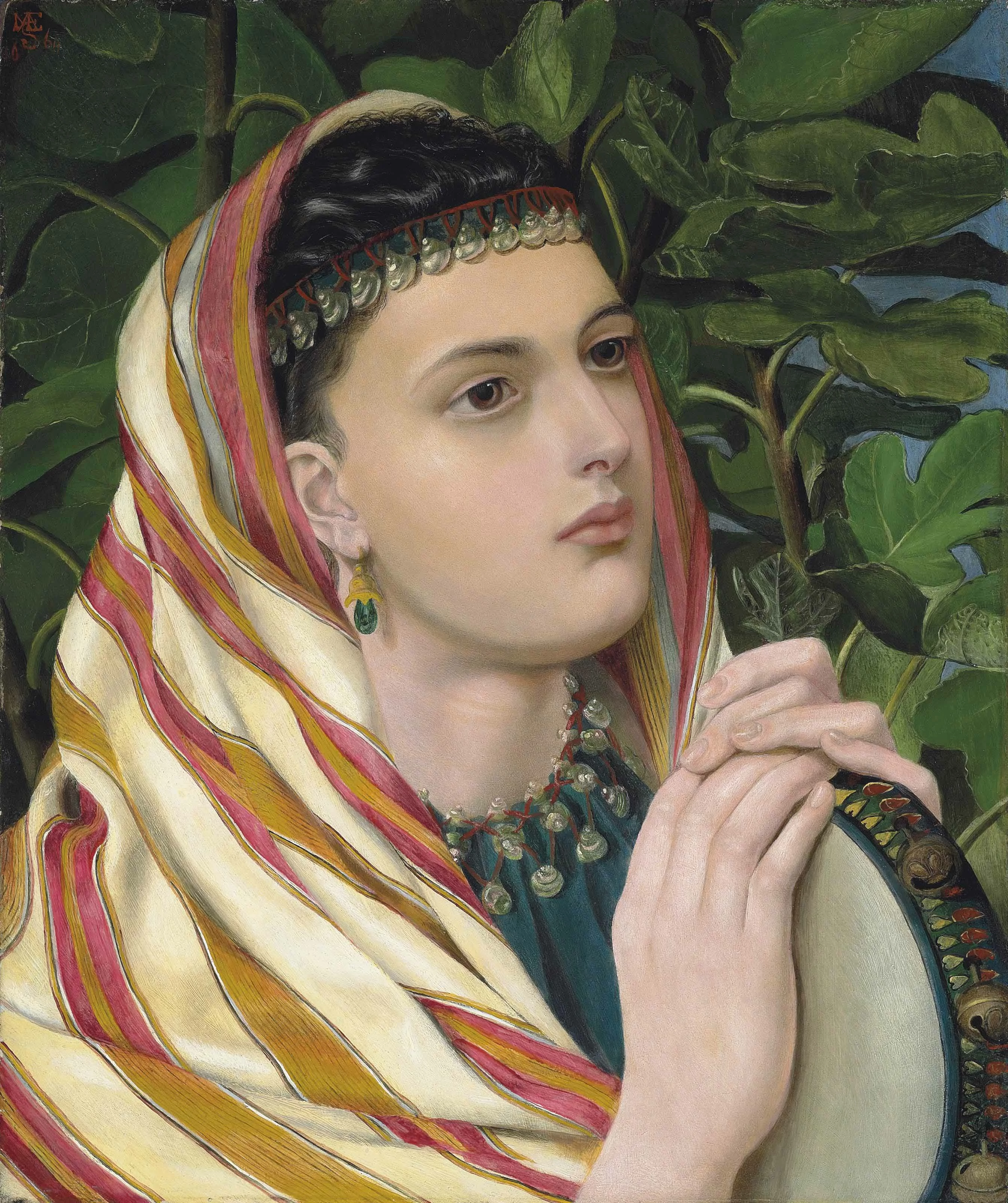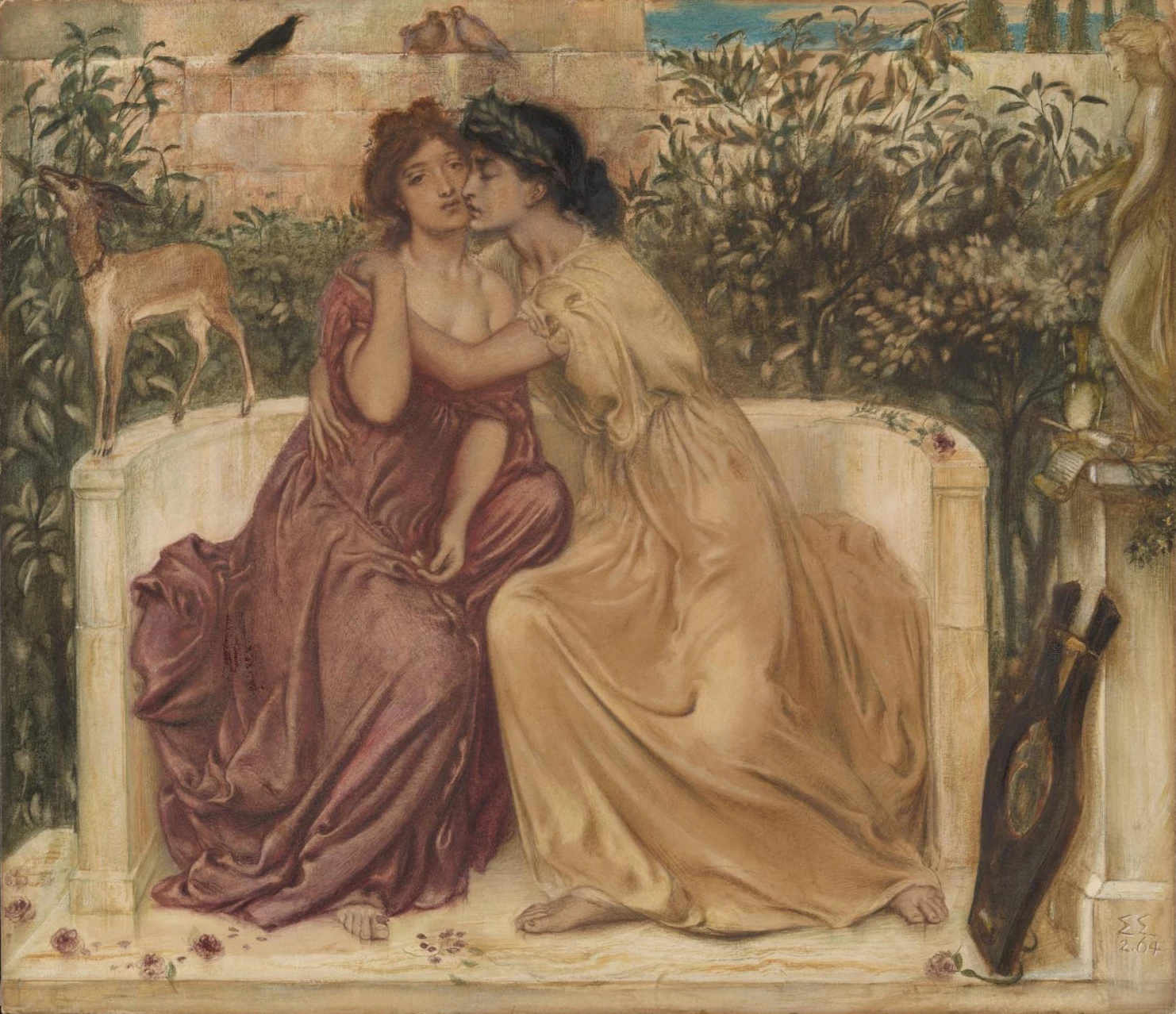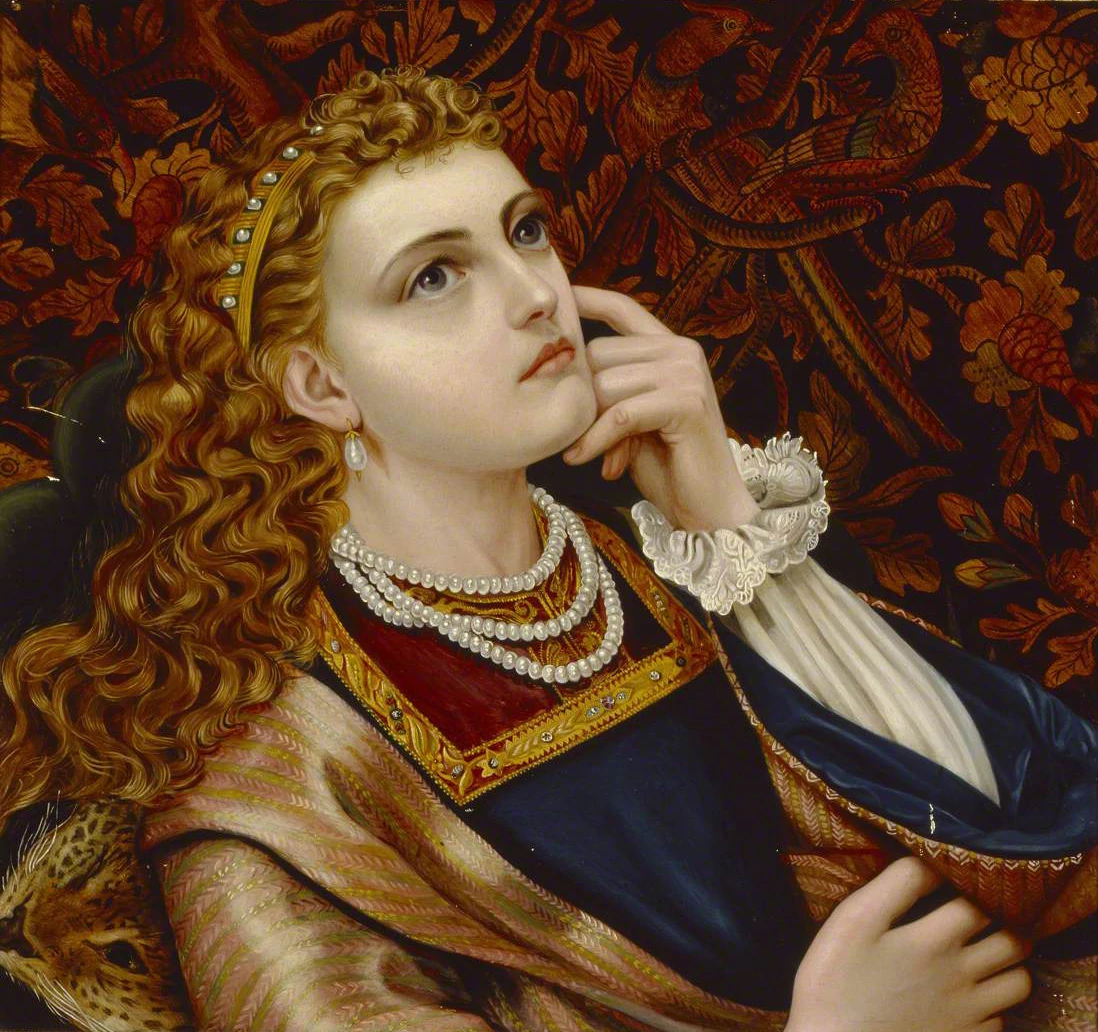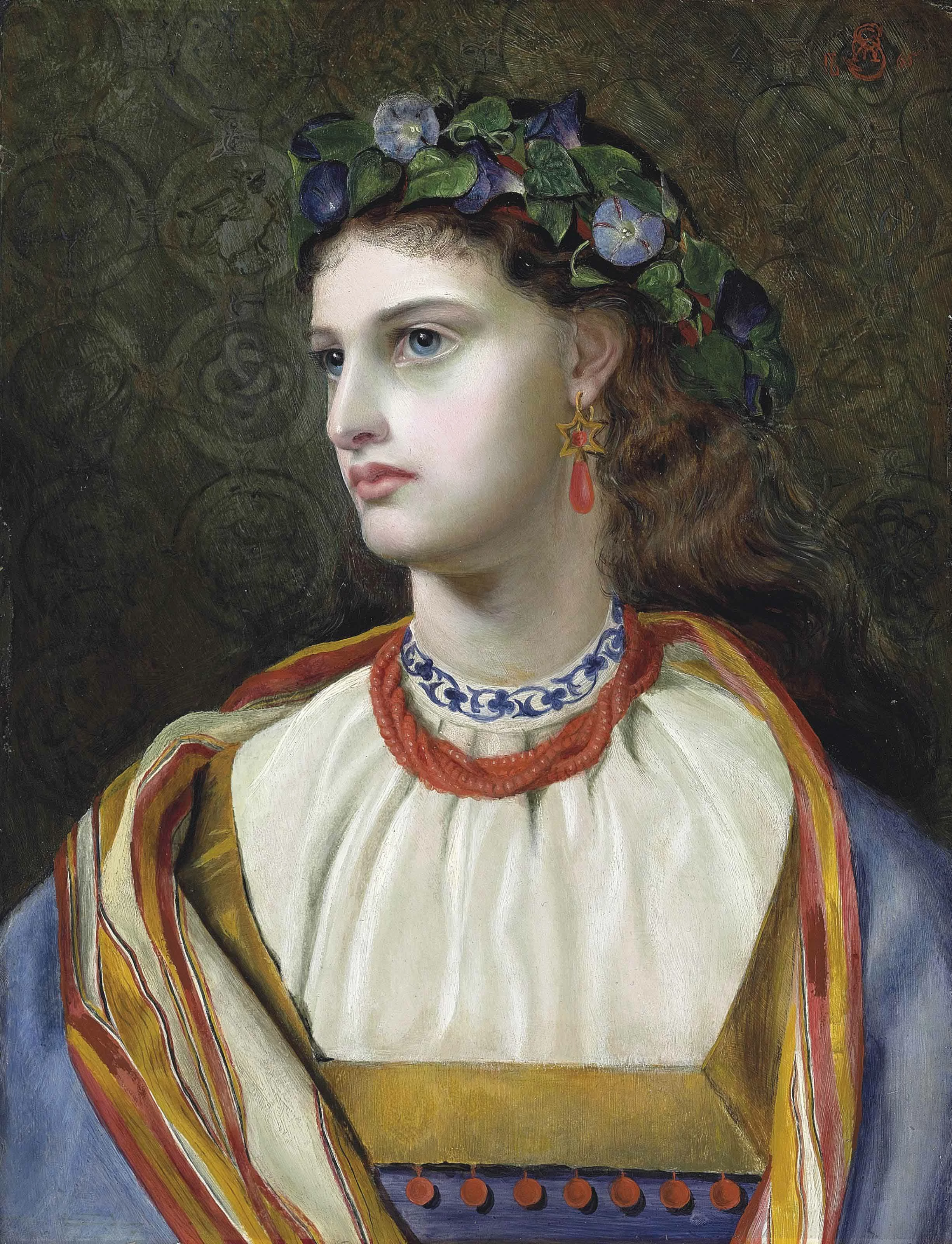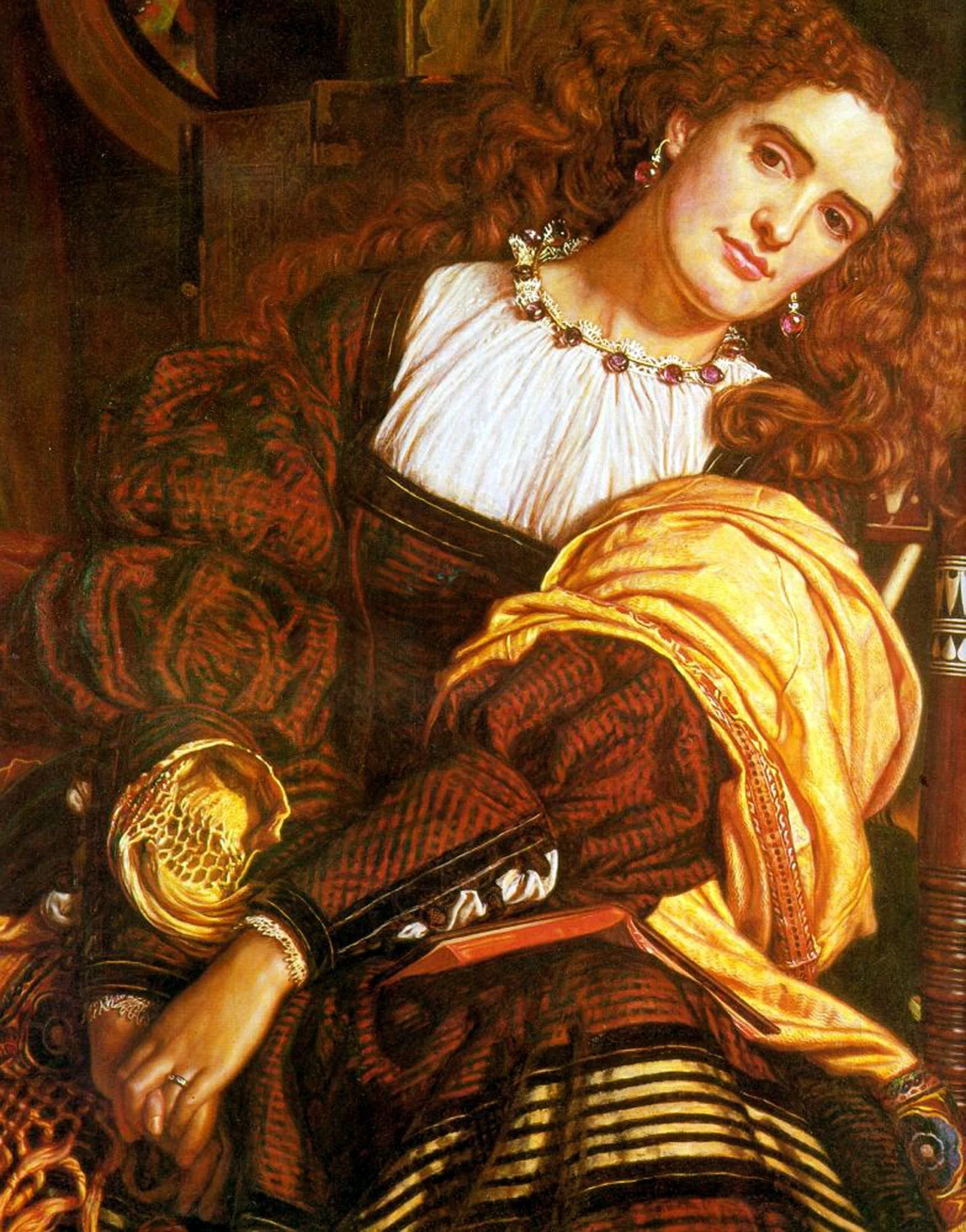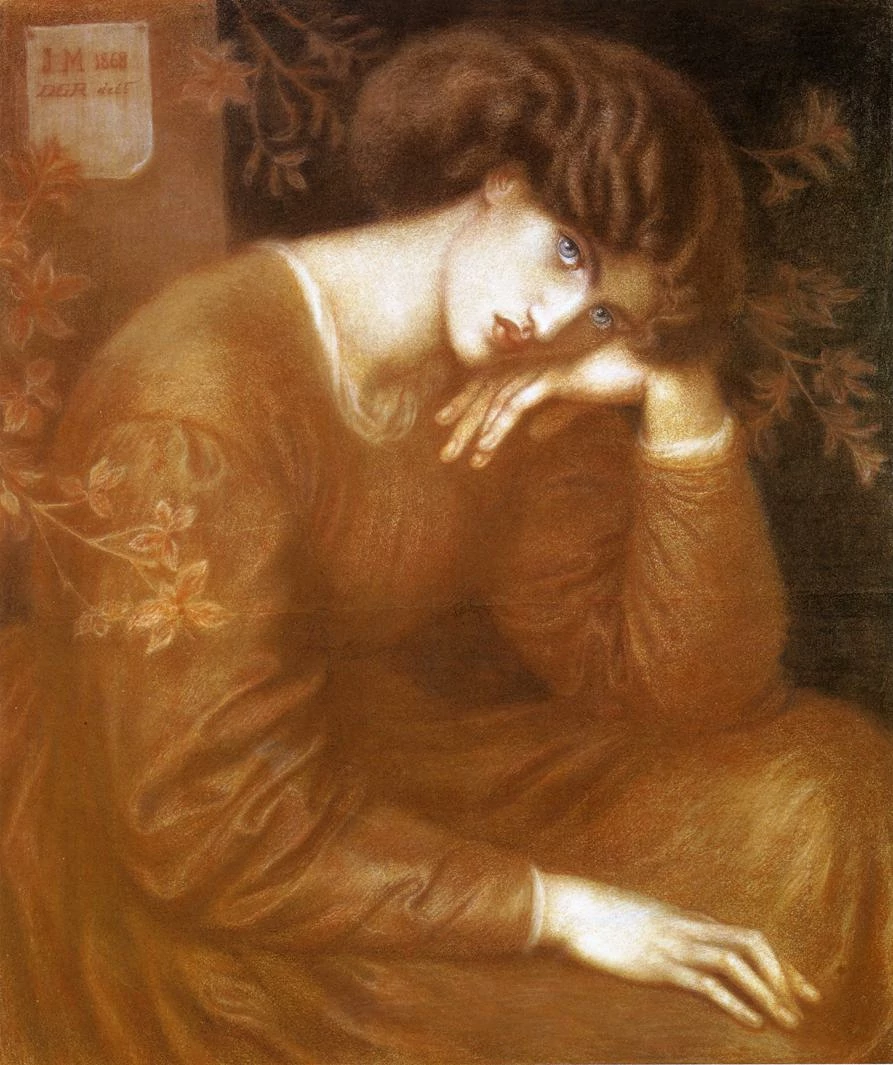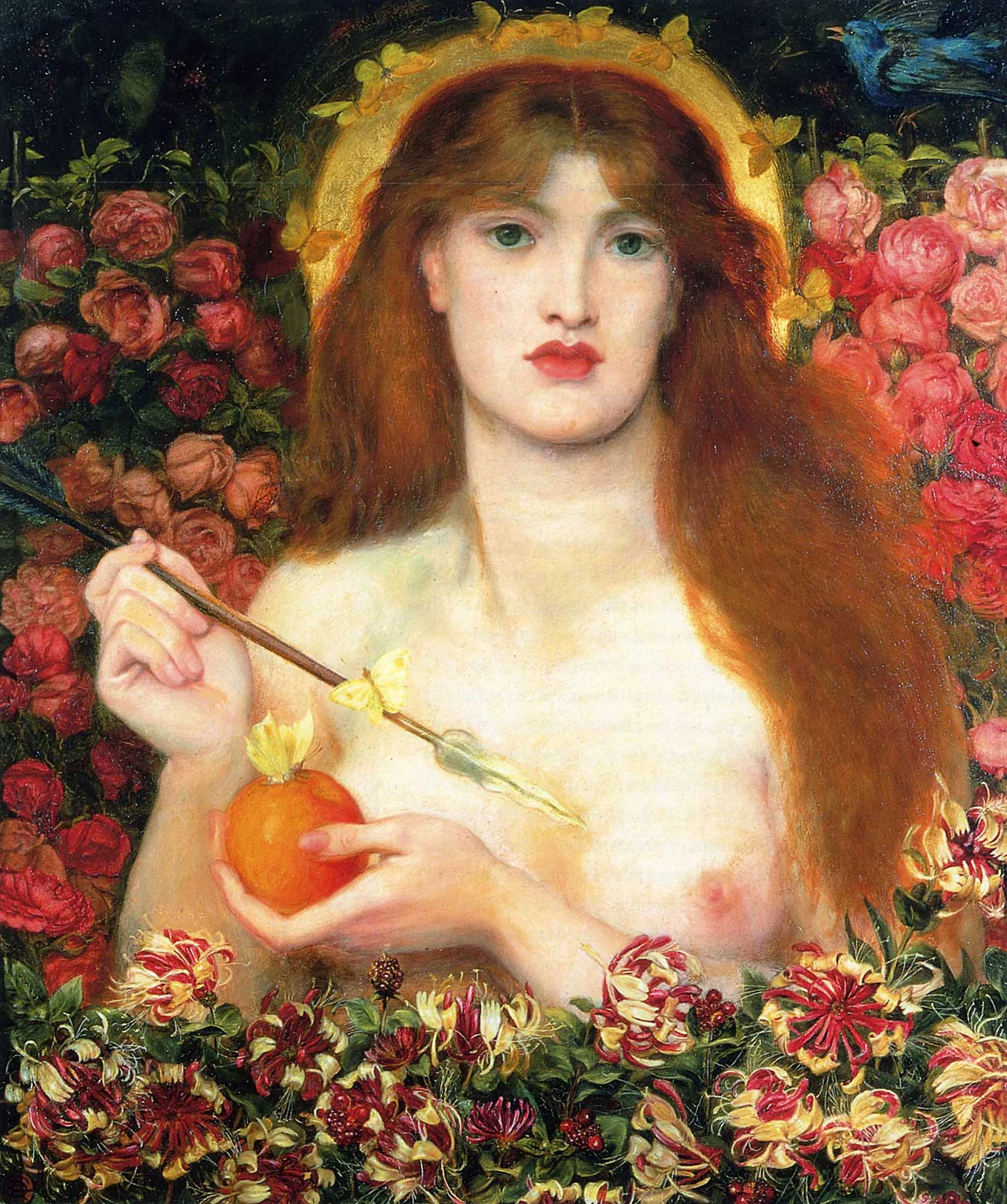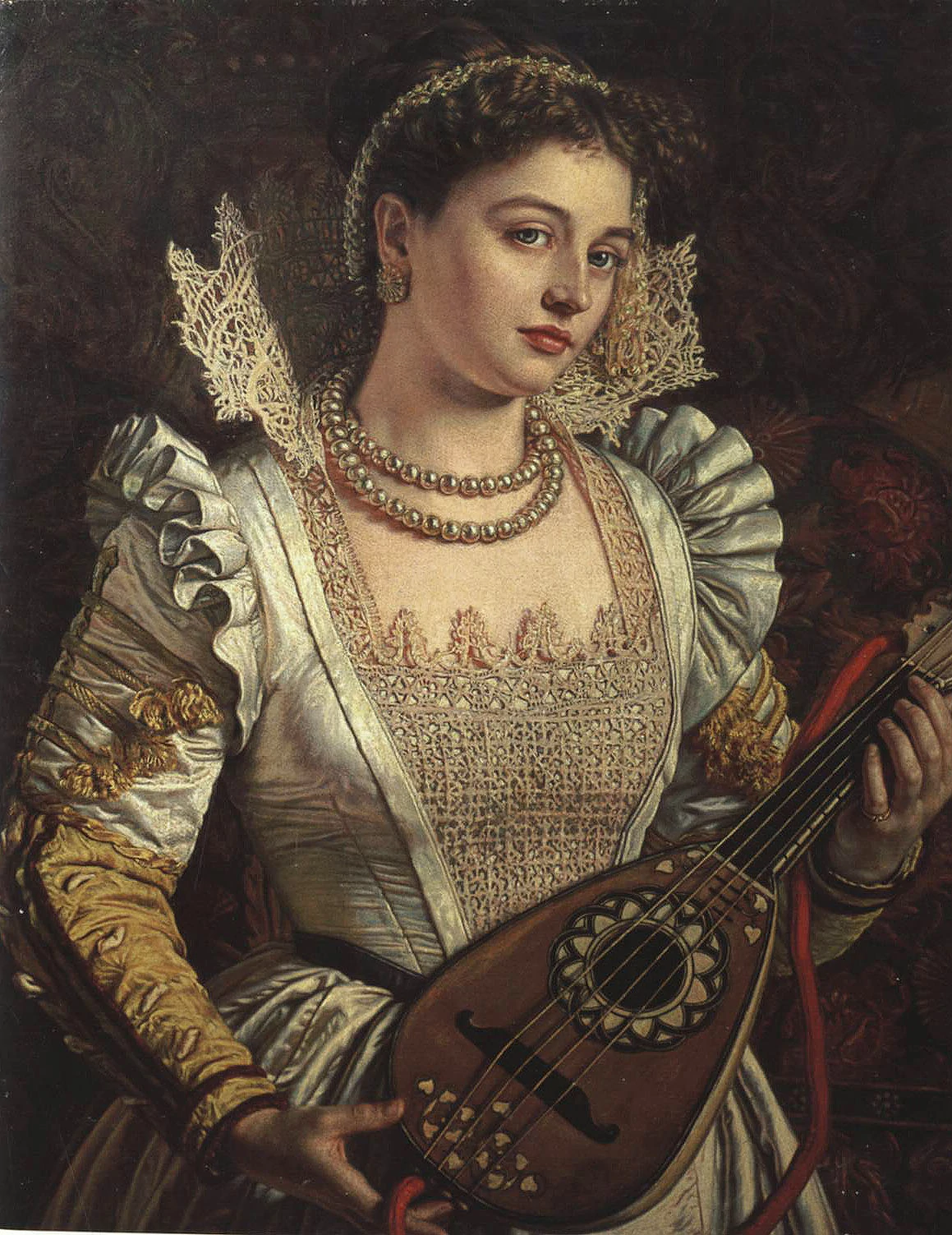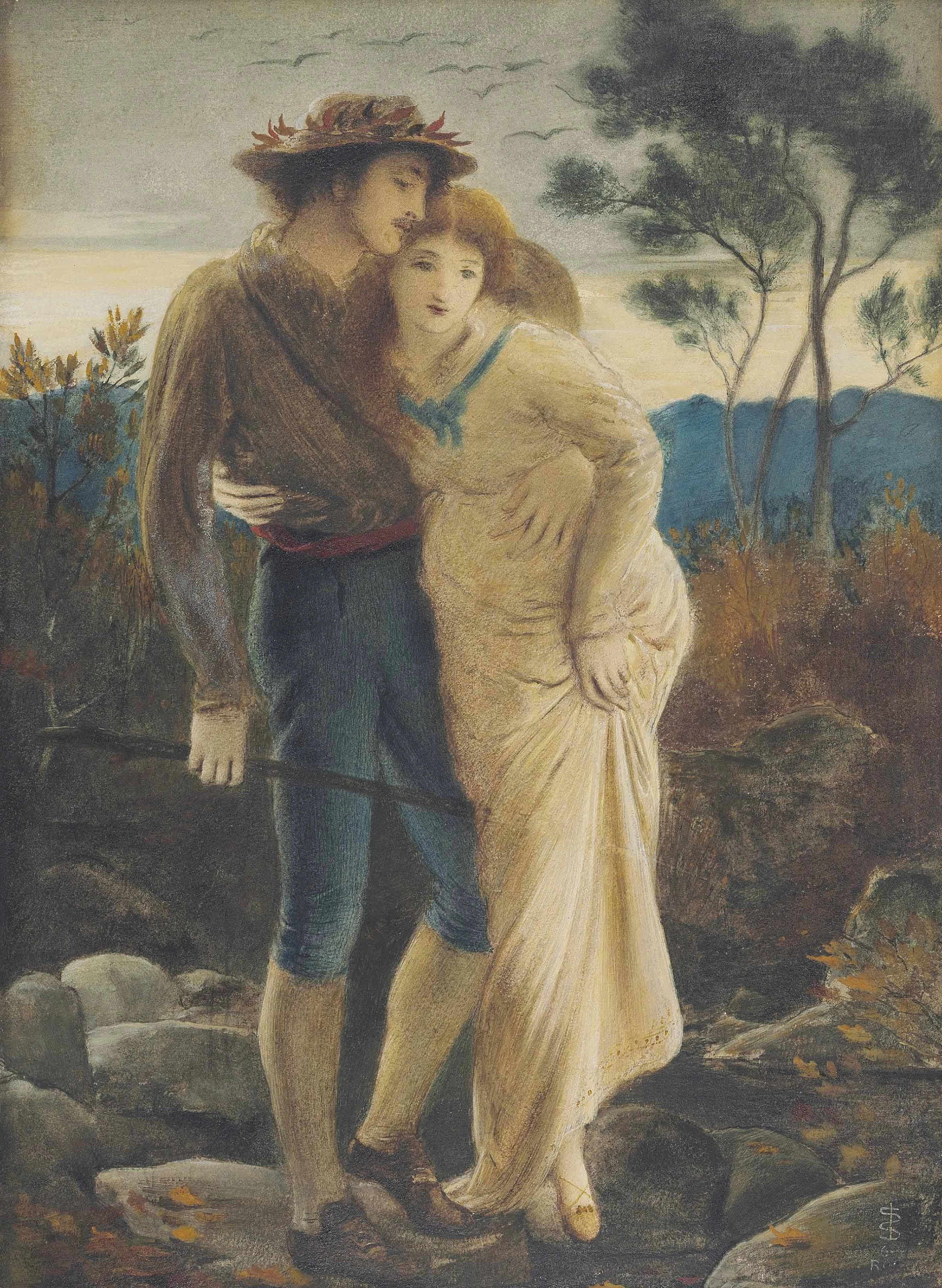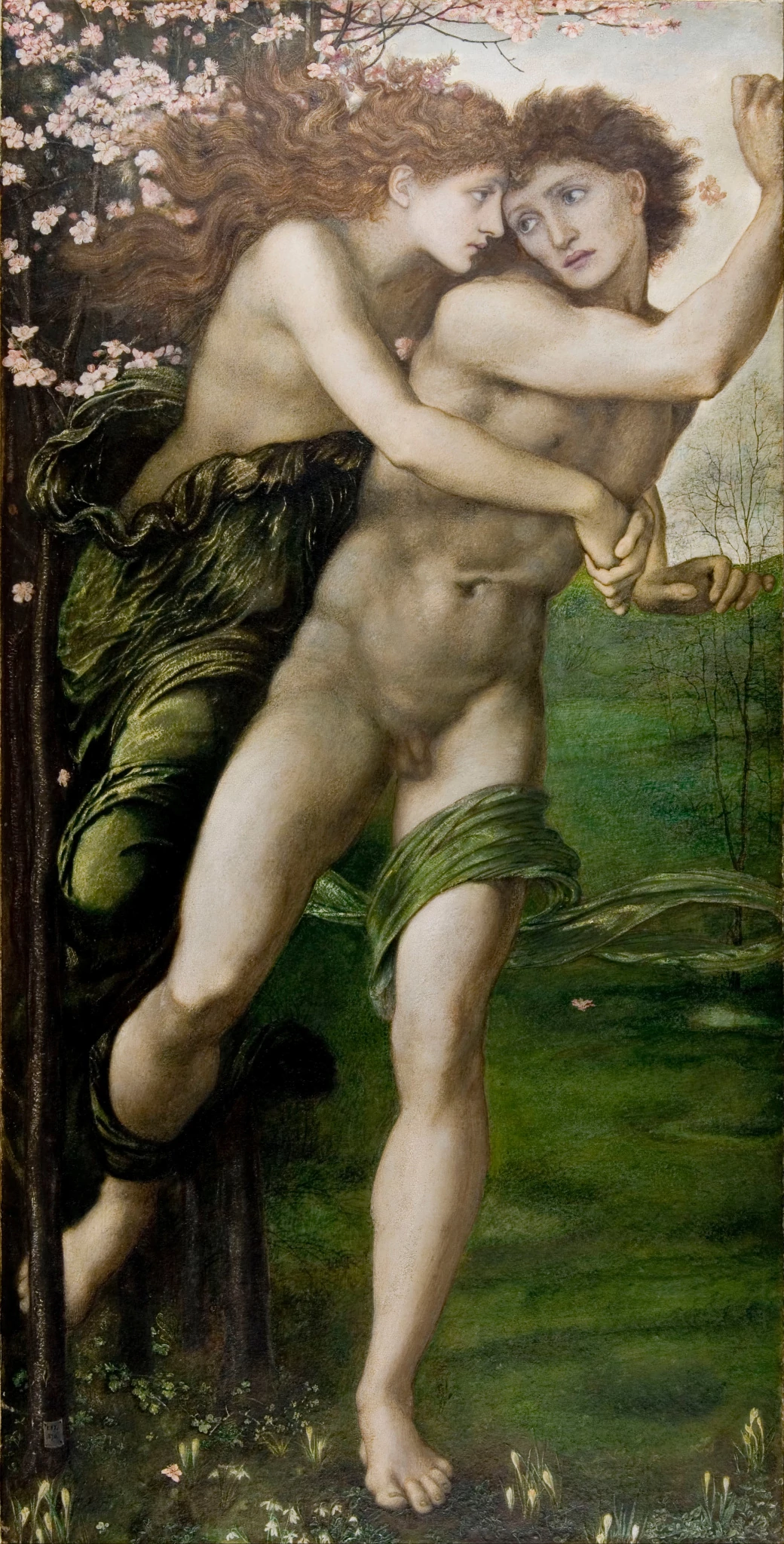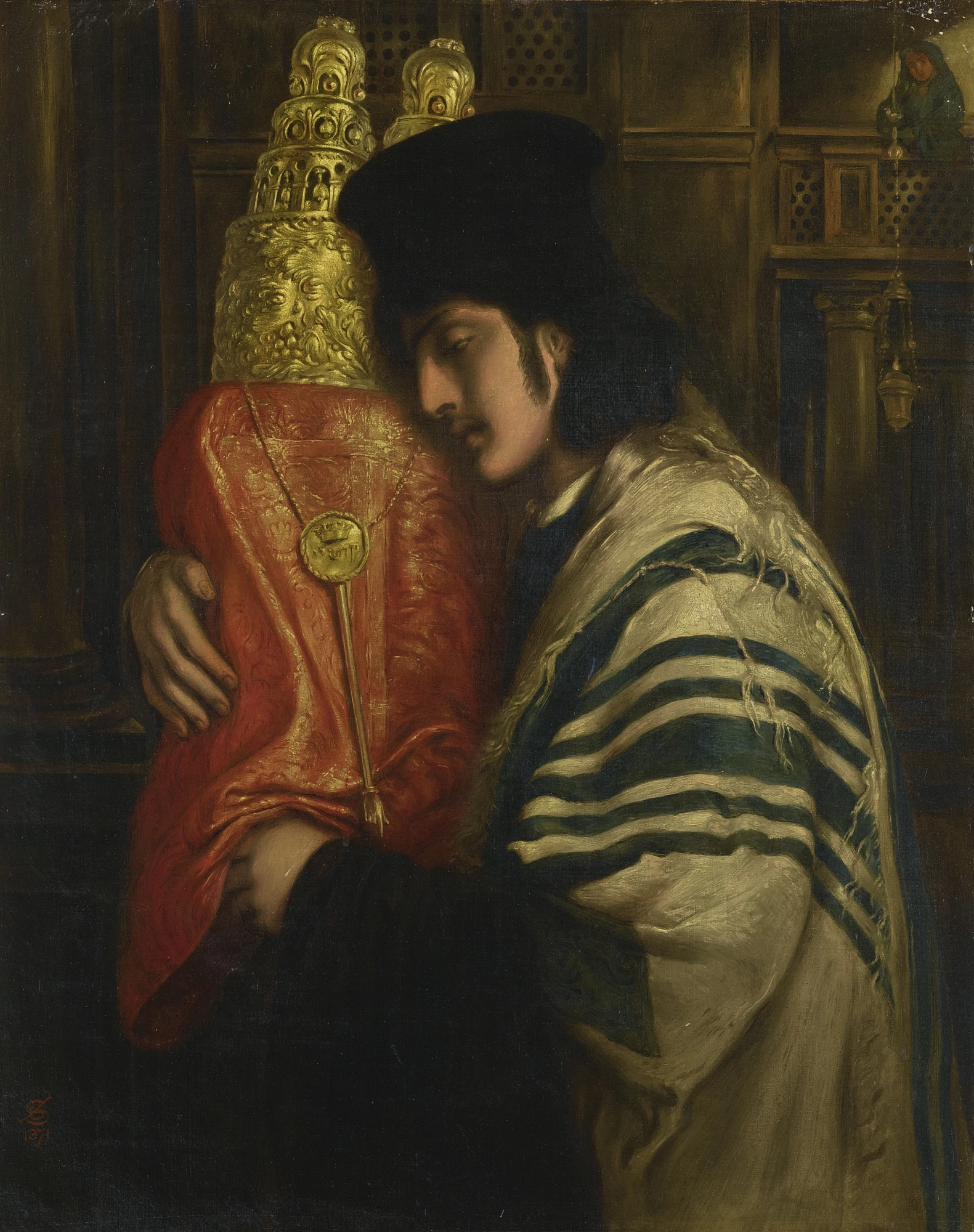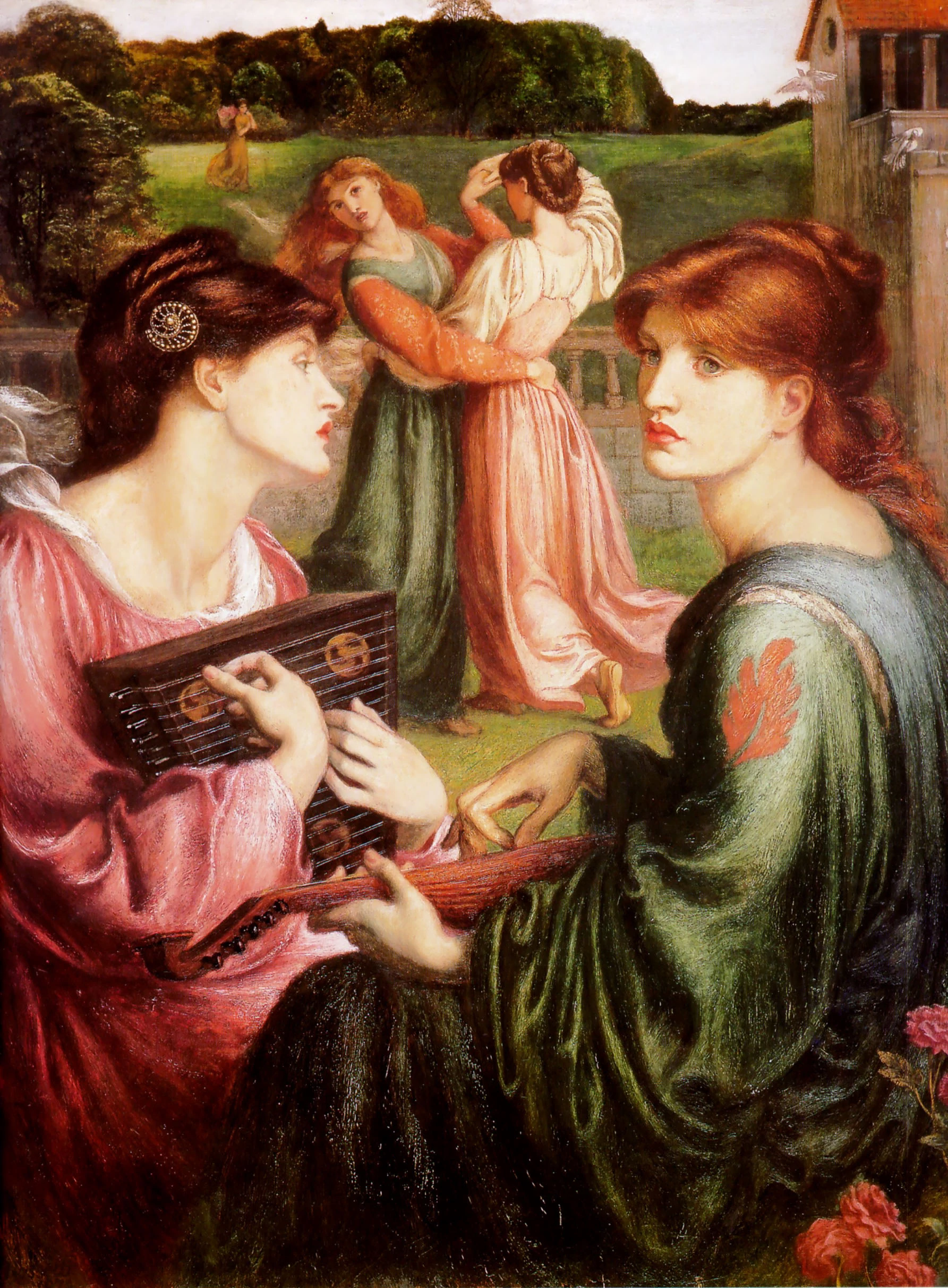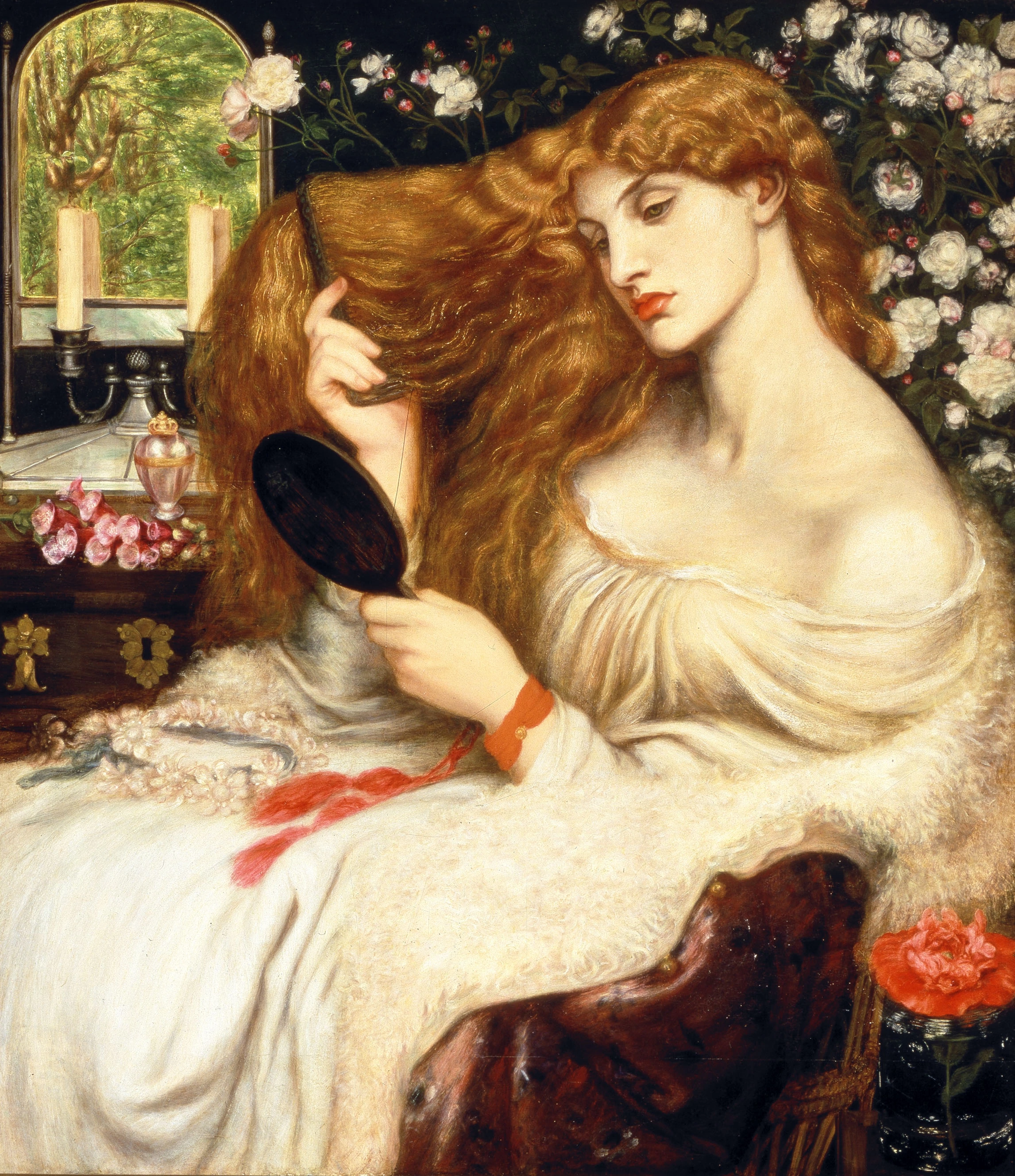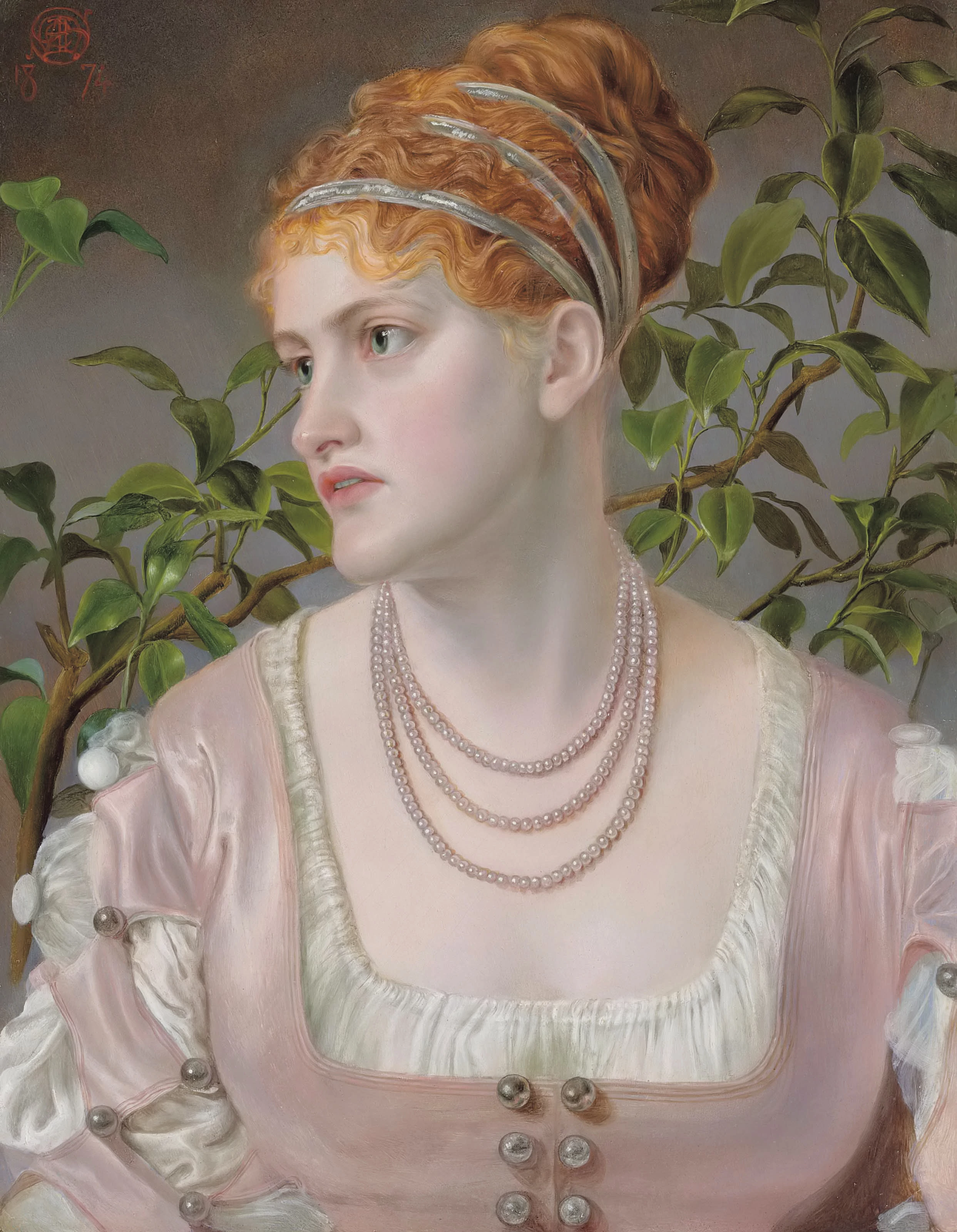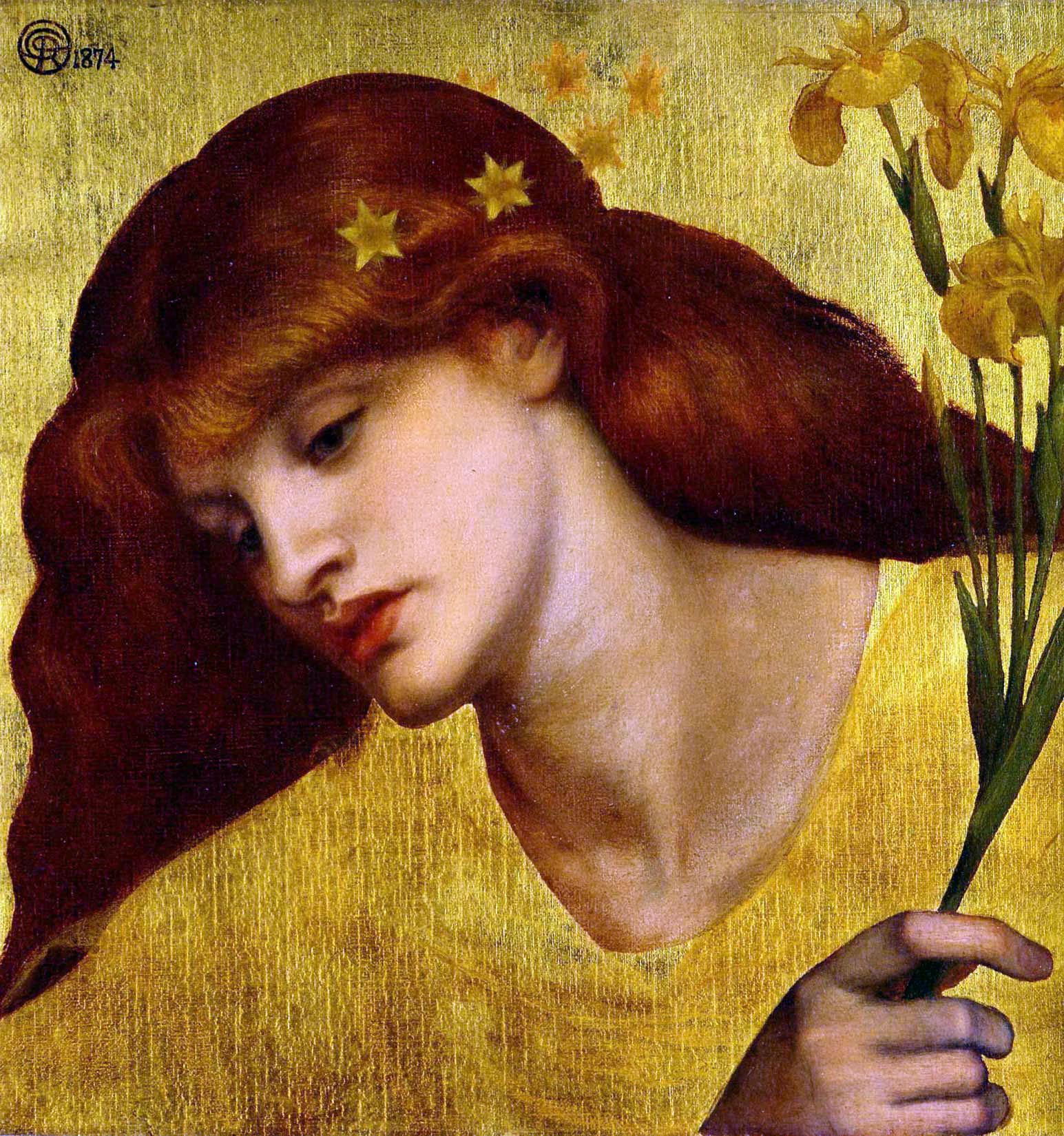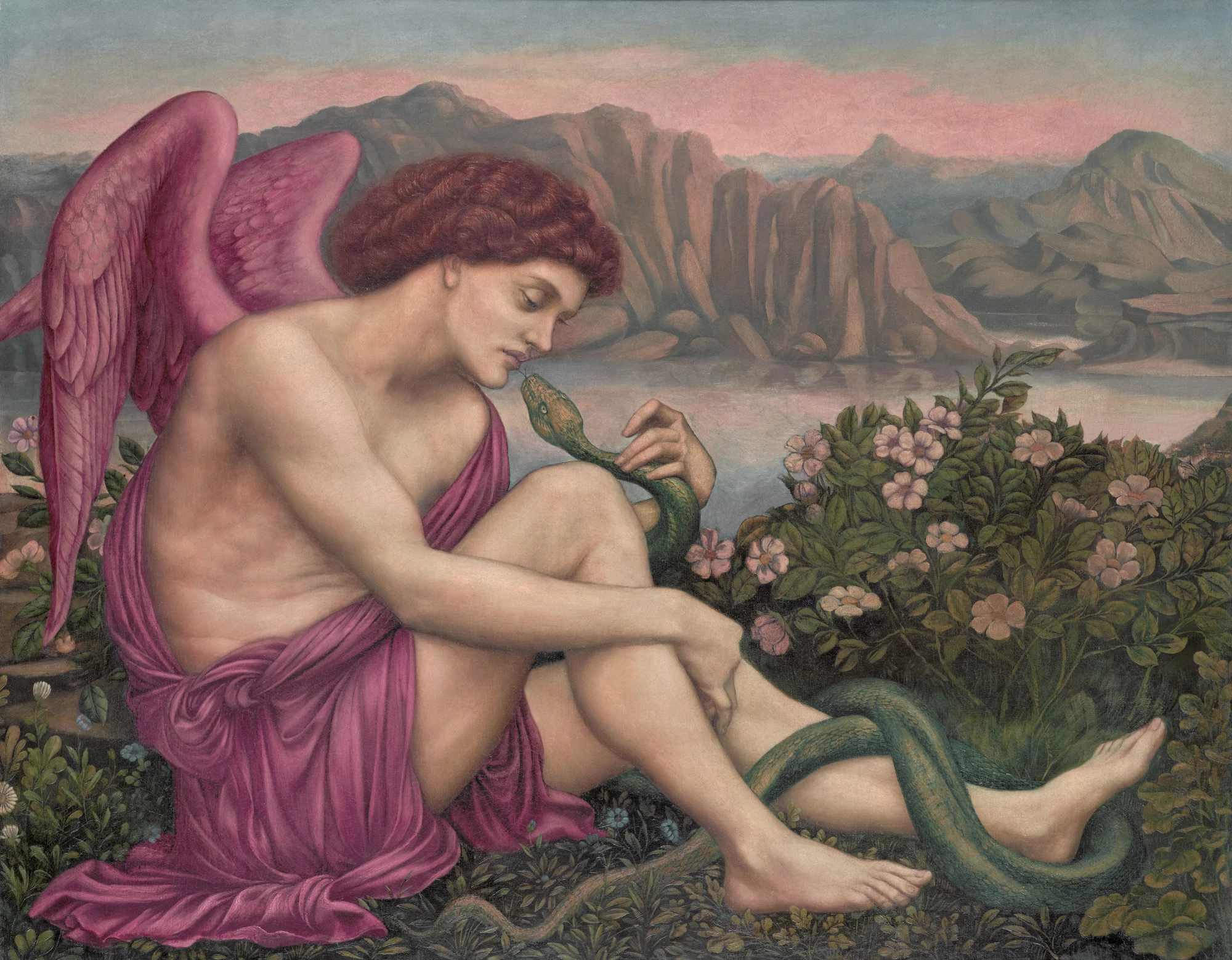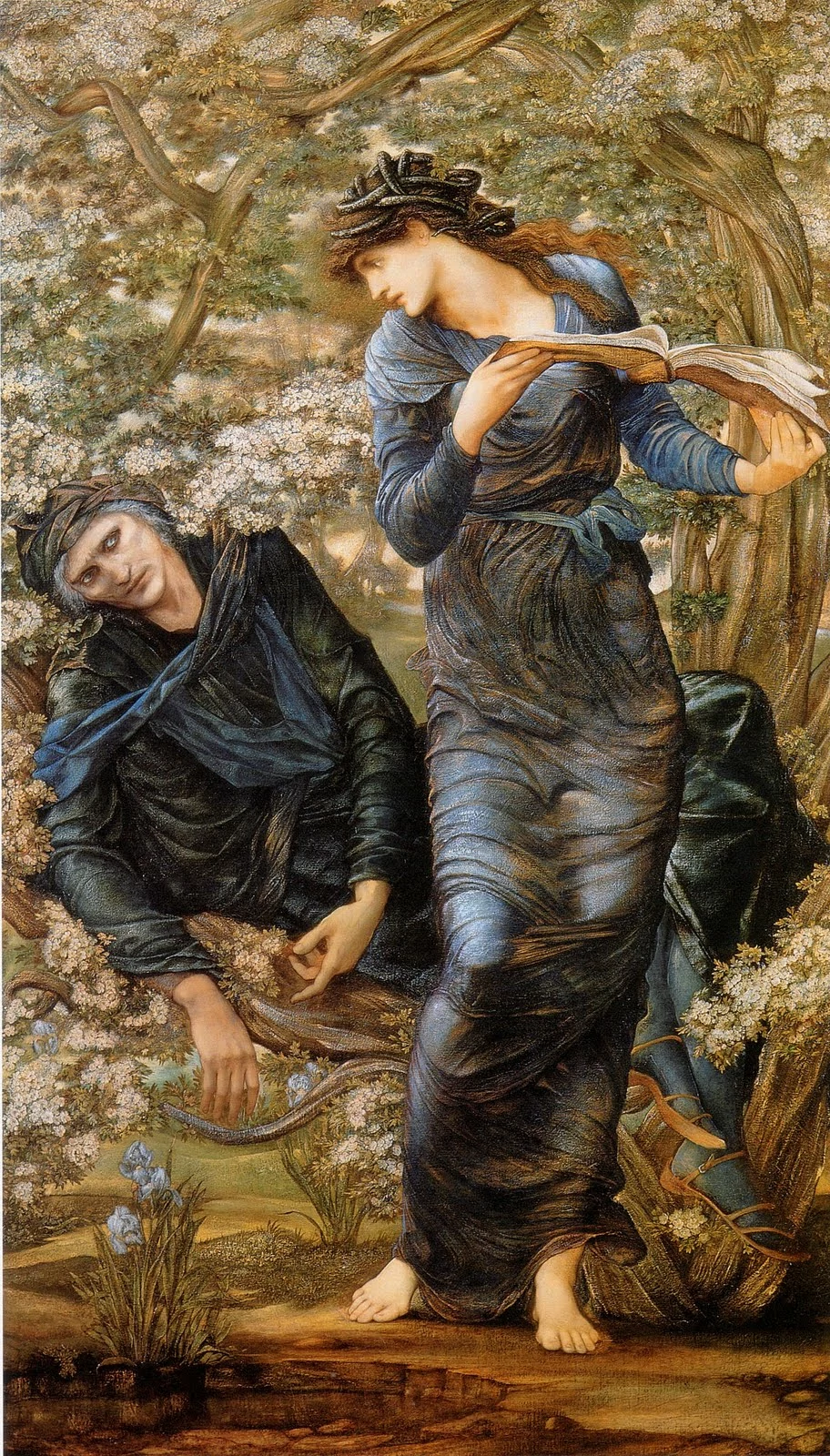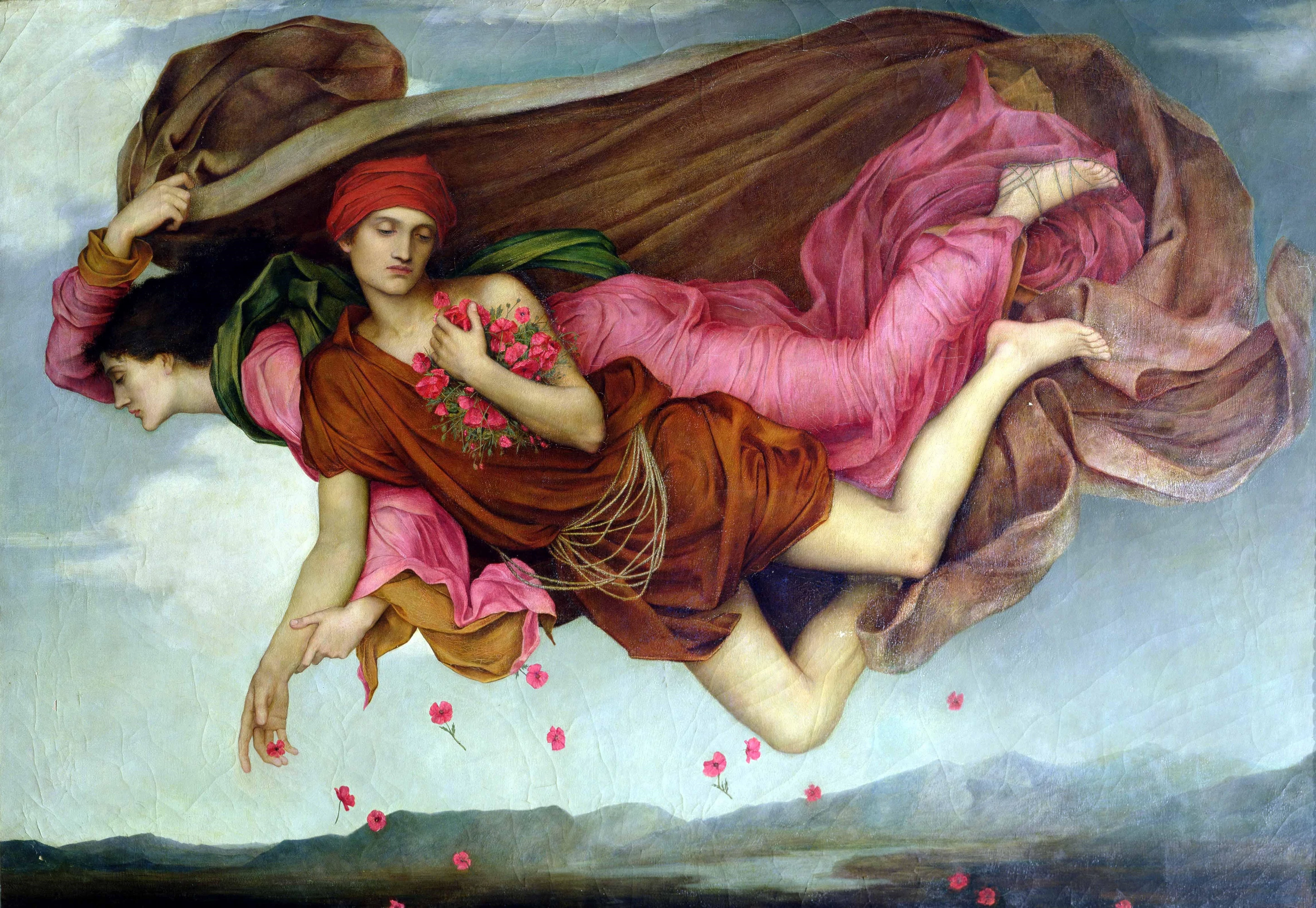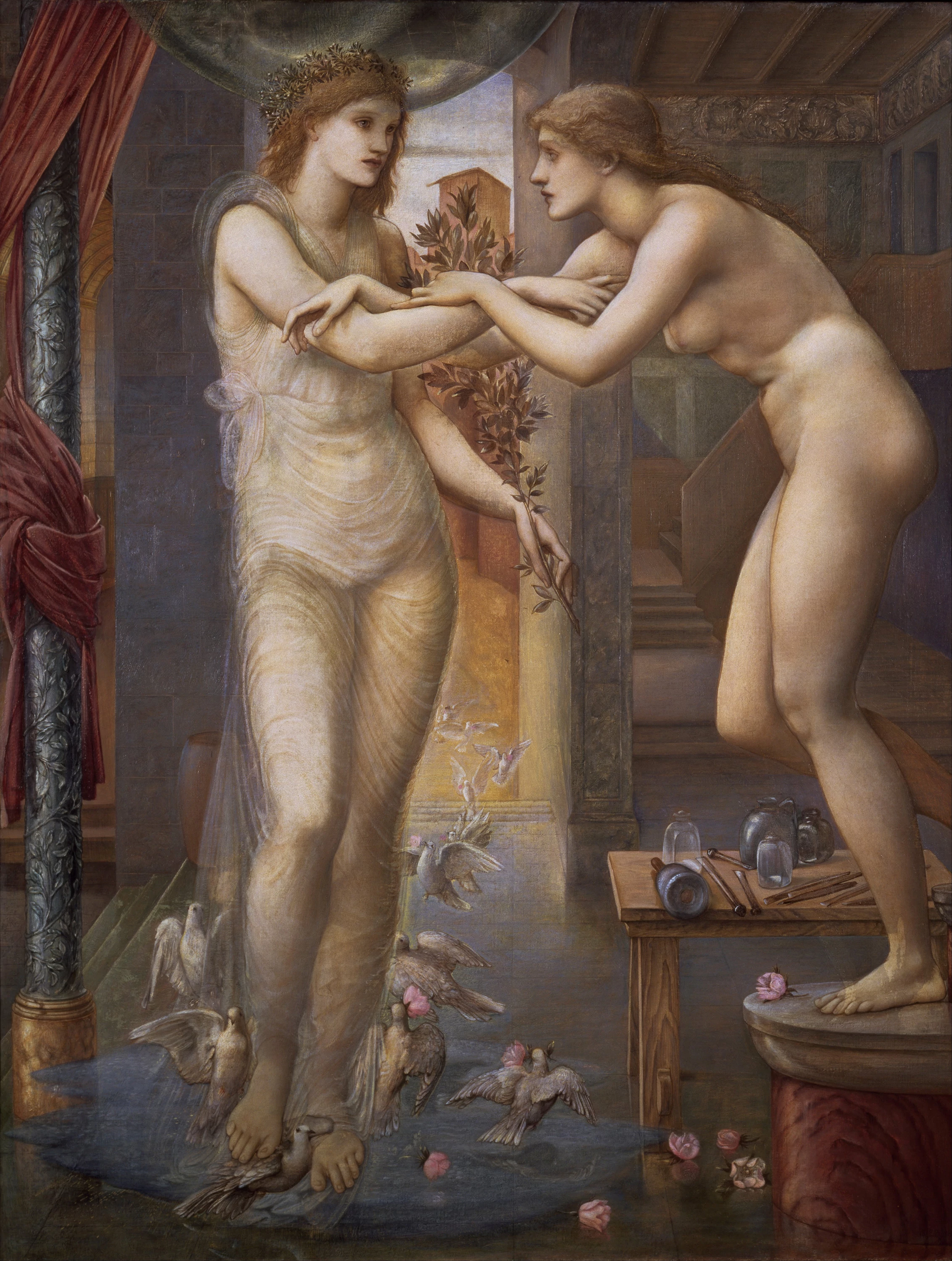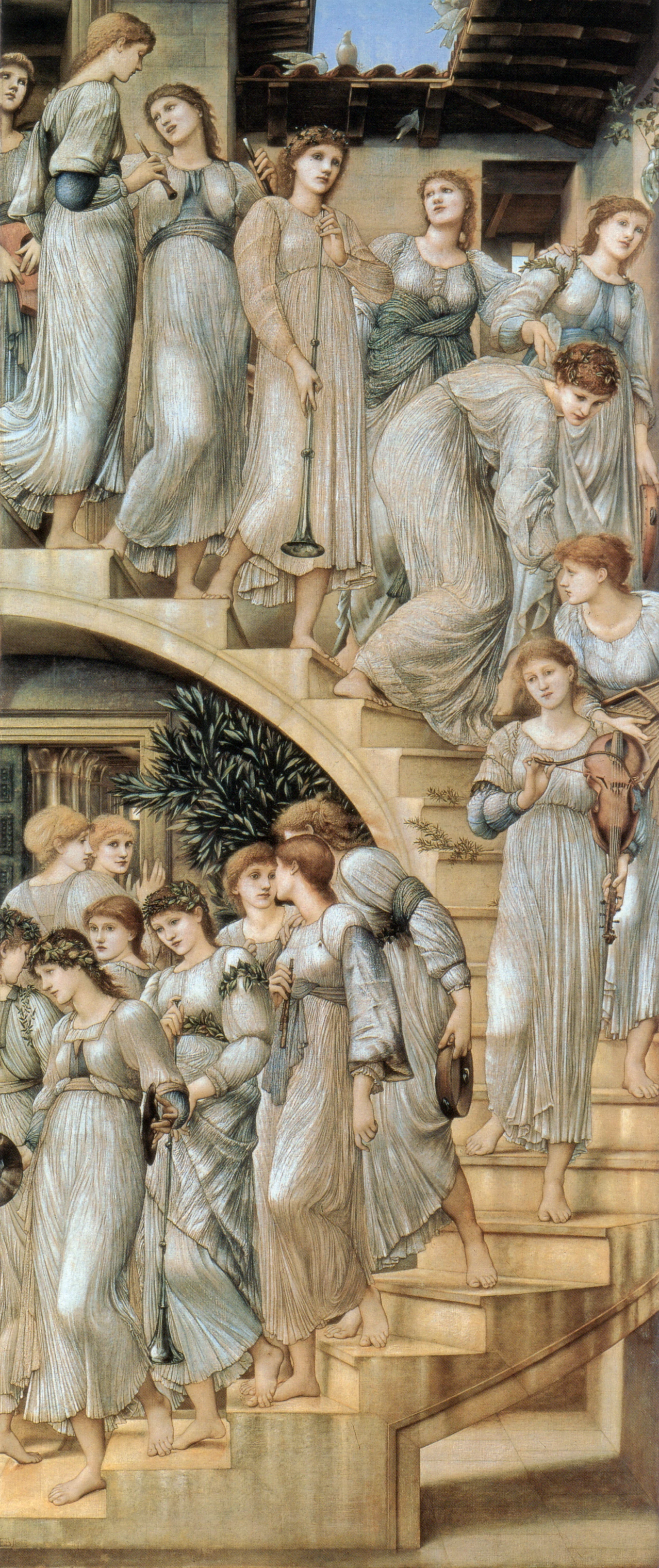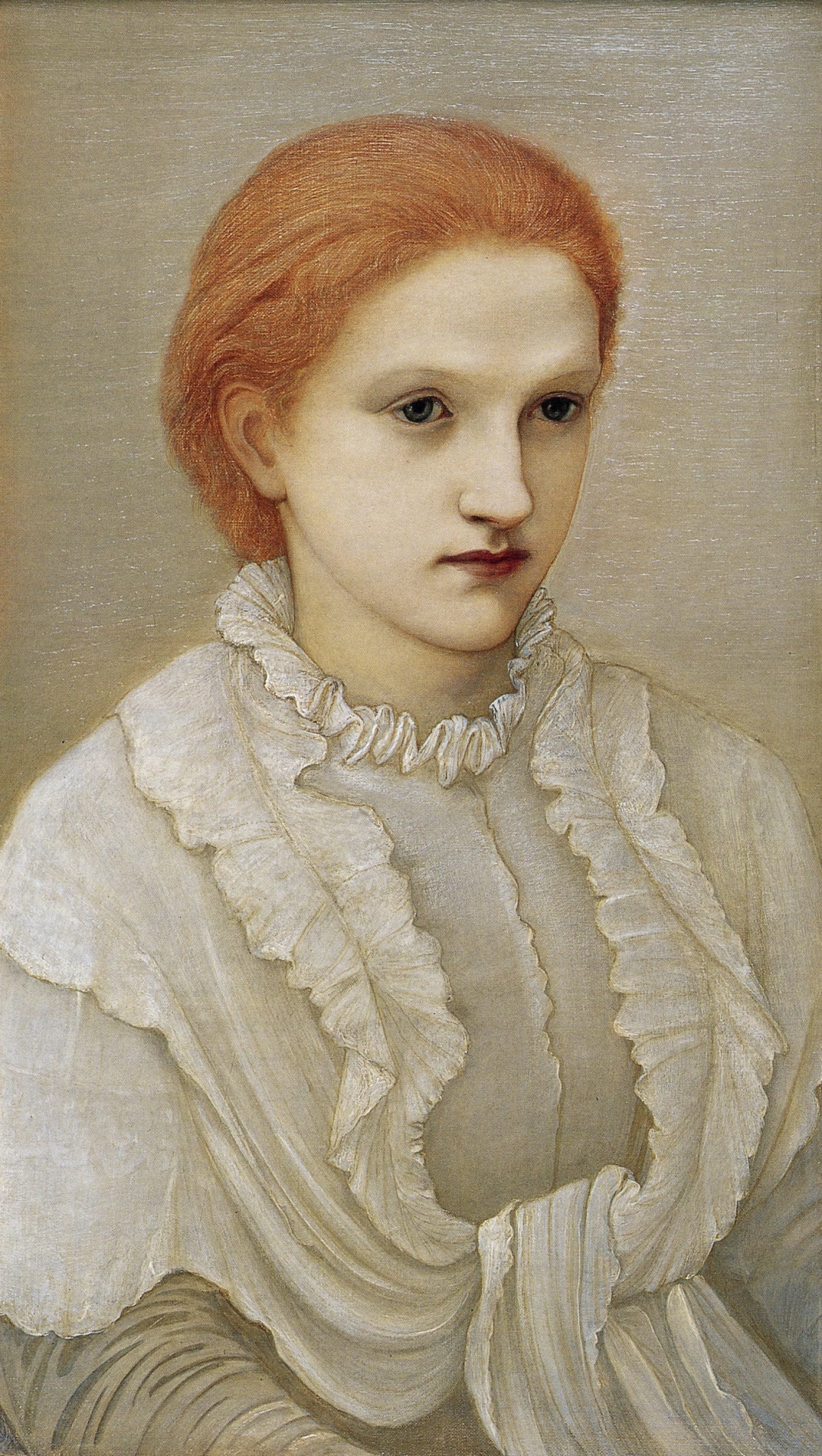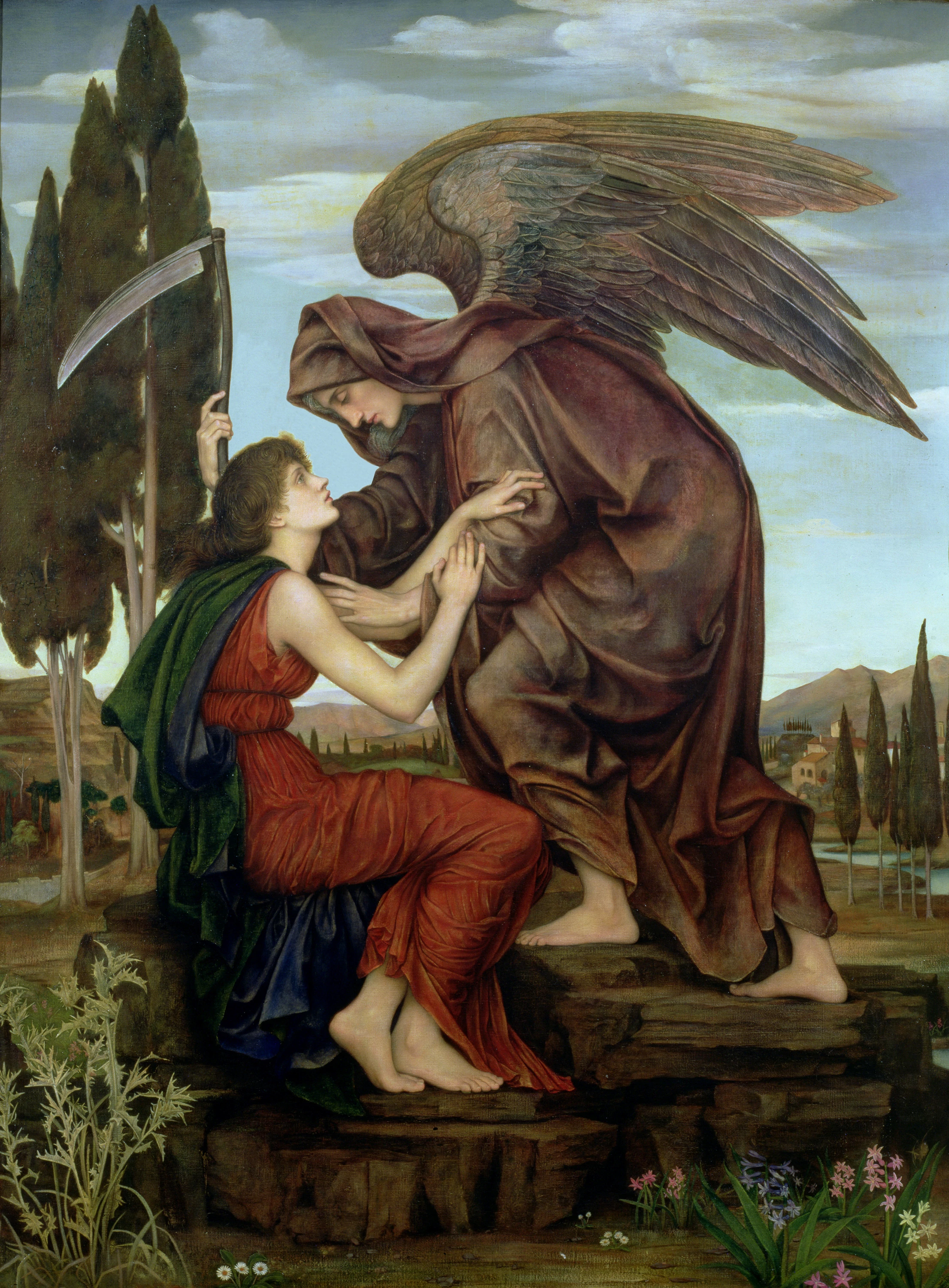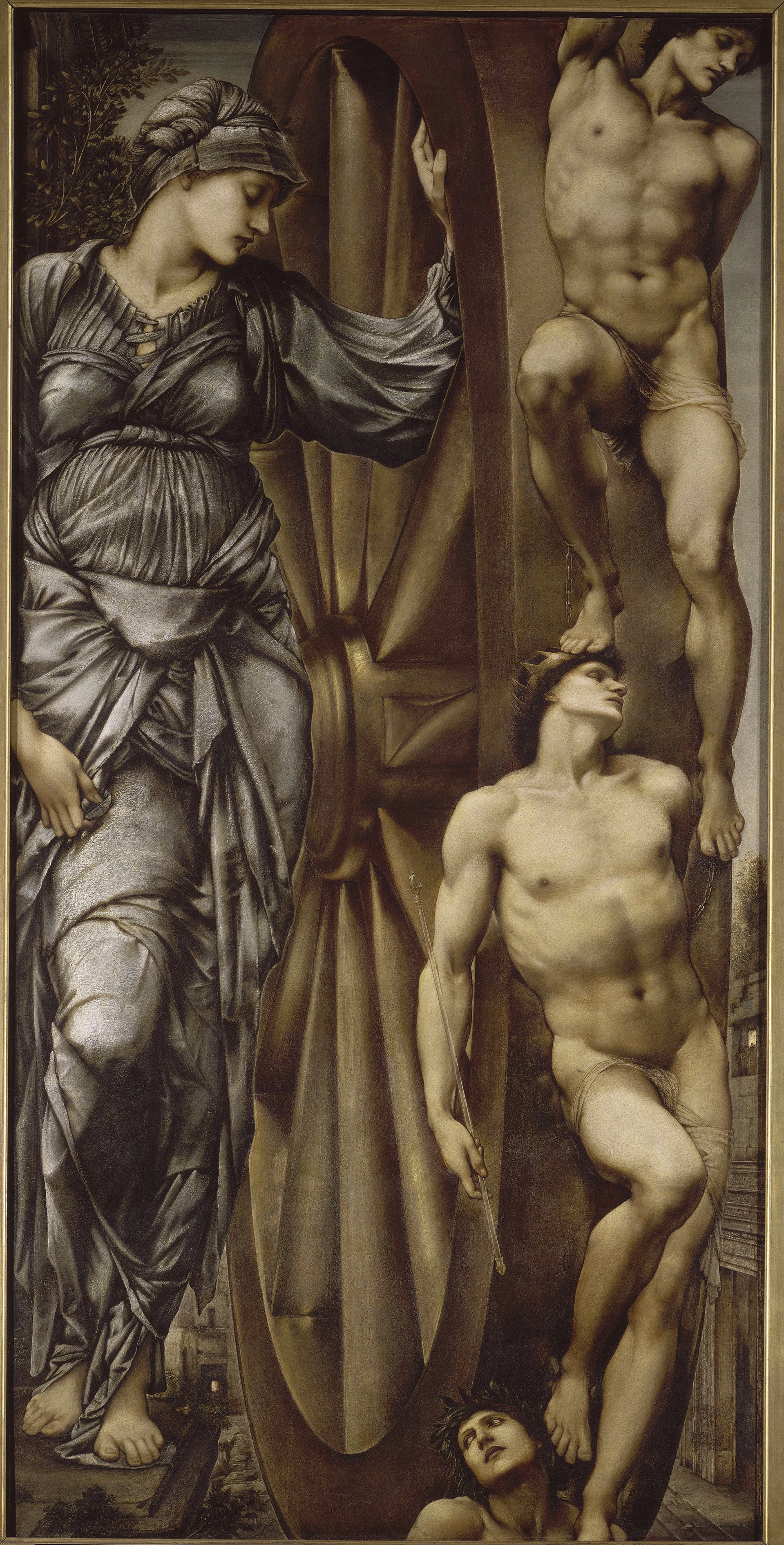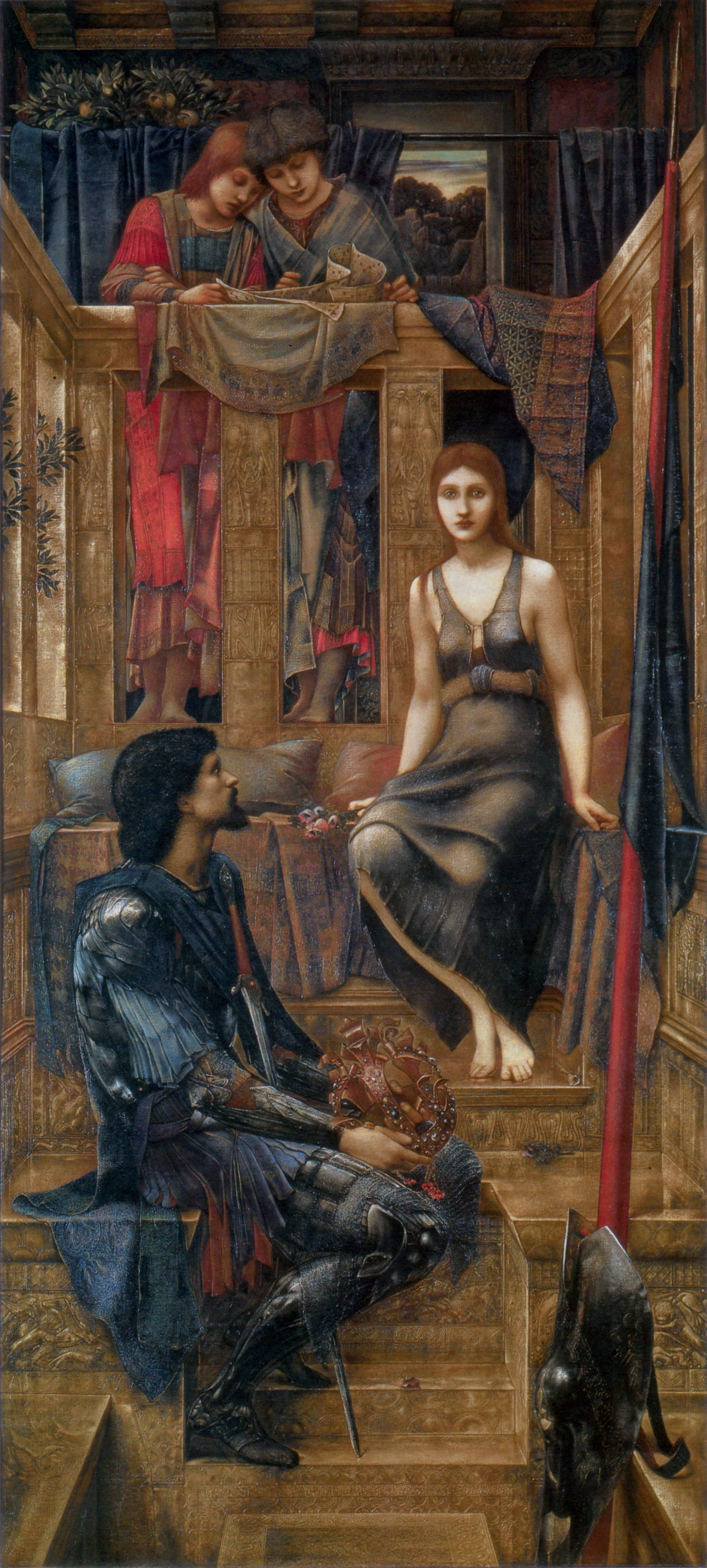Pre Raphaelites
Love-lorn teenagers drag art back to the future


Leave it to a bunch of teenagers to decide that Raphael ruined art. An emo-boys-club-turned-art-movement, the Pre Raphaelite Brotherhood began in 1848 in the home of pouty young painter John Everett Millais, or more accurately, his parent’s house. Millais was a student at the Royal Academy of Arts in London, where he met the 20 year old poet Dante Gabriel Rossetti and the painter William Holman Hunt. The three friends were romantic idealists in the way that many art students tend to be. For them, art was at its most pure when it came from the heart—before all that show-offy Mannerism kicked off at the end of the High Renaissance.
To the Pre Raphaelites, the bright colors, crisp lines, honorable men and demure women of late medieval and early renaissance art was the most sincere and noble form of painting. Their imperative was moral: to throw back to a peaceful time before the industrialization and social unrest of 1800s Europe. In their early meetings, the group laid out four principles to guide them in a quest to bring Romanticism back to art. The principles were:
So why does history remember the preoccupation of a few emotional art students? Because they were fantastic at public relations. Starting in 1849, all three artists showed their work at the Royal Academy, and signed their paintings with the initials PRB. The next year they started a magazine called The Germ, which was a collection of mostly terrible, lovelorn poetry. But print sticks around, and you can still read their musings on death, loneliness and beauty. Their exposure, if not always positive, grew faster than they were ready for. The famous author Charles Dickens hated their work, and blasted Millais’ painting ‘Christ in the House of His Parents’ for being blasphemous and ugly. And after his initial praise, the PRB lost the support of noted art critic John Ruskin after Millais effectively stole Ruskin’s wife.
Like a band that make it big before it’s ready for fame, the PRB effectively disbanded by 1853. But their dreamy, lovelorn vibe struck a chord, and artists like Edward Burne-Jones and Thomas Woolner continued the style, eventually influencing Gustave Moreau and the soon-to-be Symbolist movement.
...
Got questions, comments or corrections about Pre Raphaelites? Join the conversation in our Discord, and if you enjoy content like this, consider becoming a member for exclusive essays, downloadables, and discounts in the Obelisk Store.

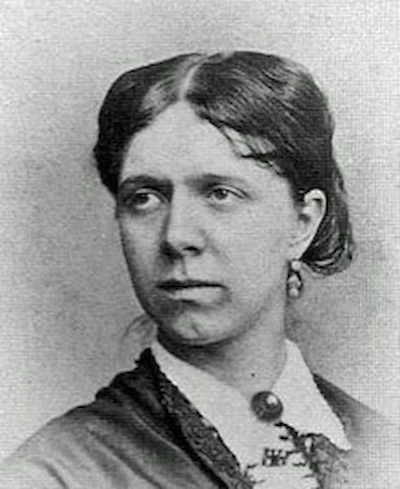
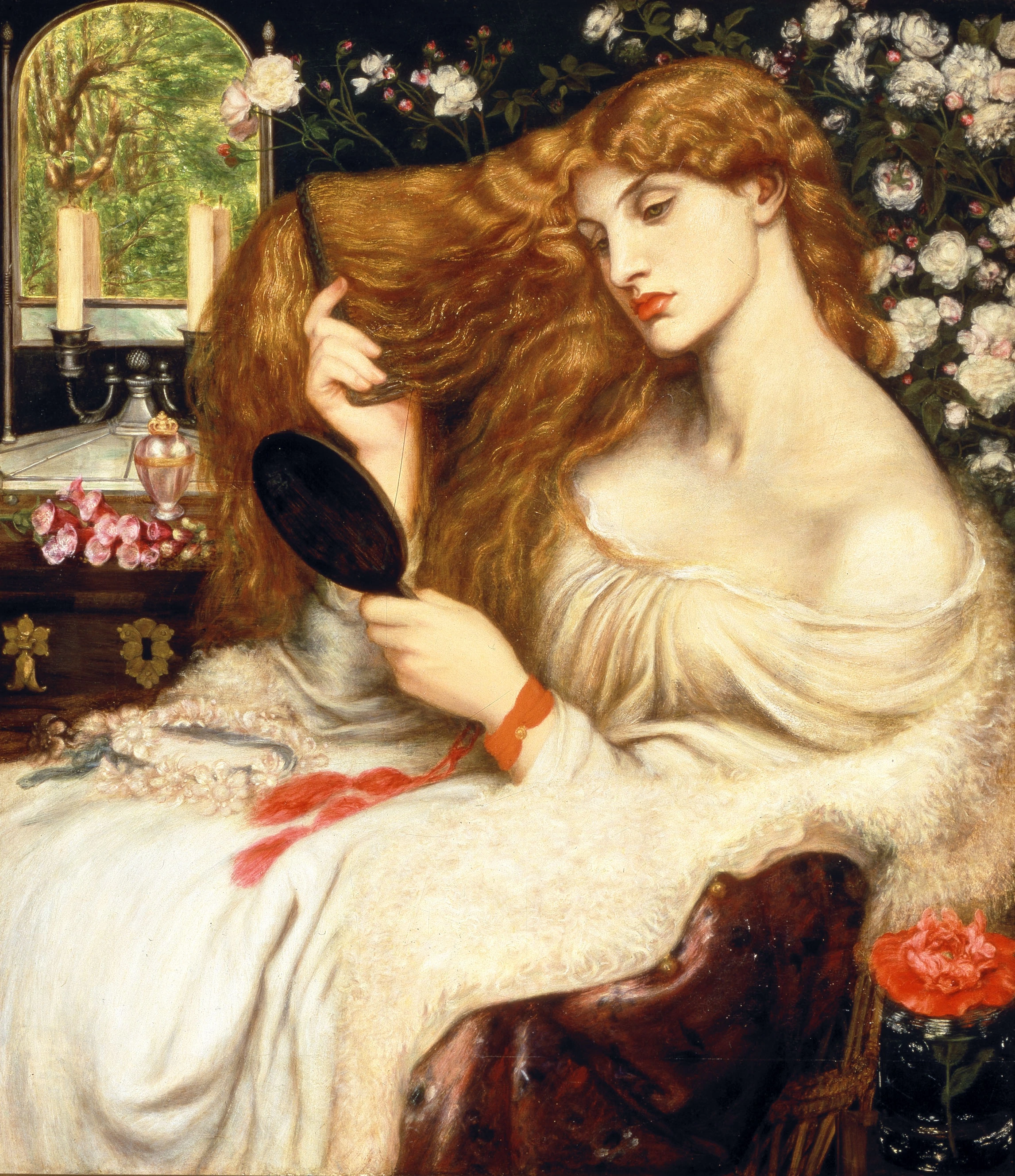
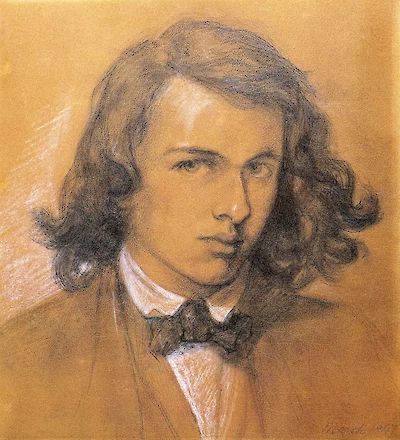
Querulous poet founds art movement
1828 – 1882

Sculptor turned poet, Pre-Raphaelite turned Neoclassicist
1825 – 1892
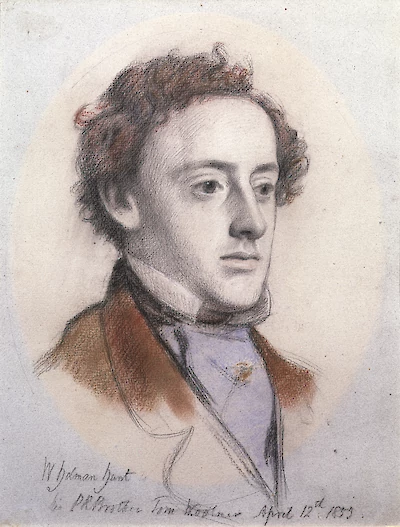
Prodigy, Pre-Raphaelite, sellout?
1829 – 1896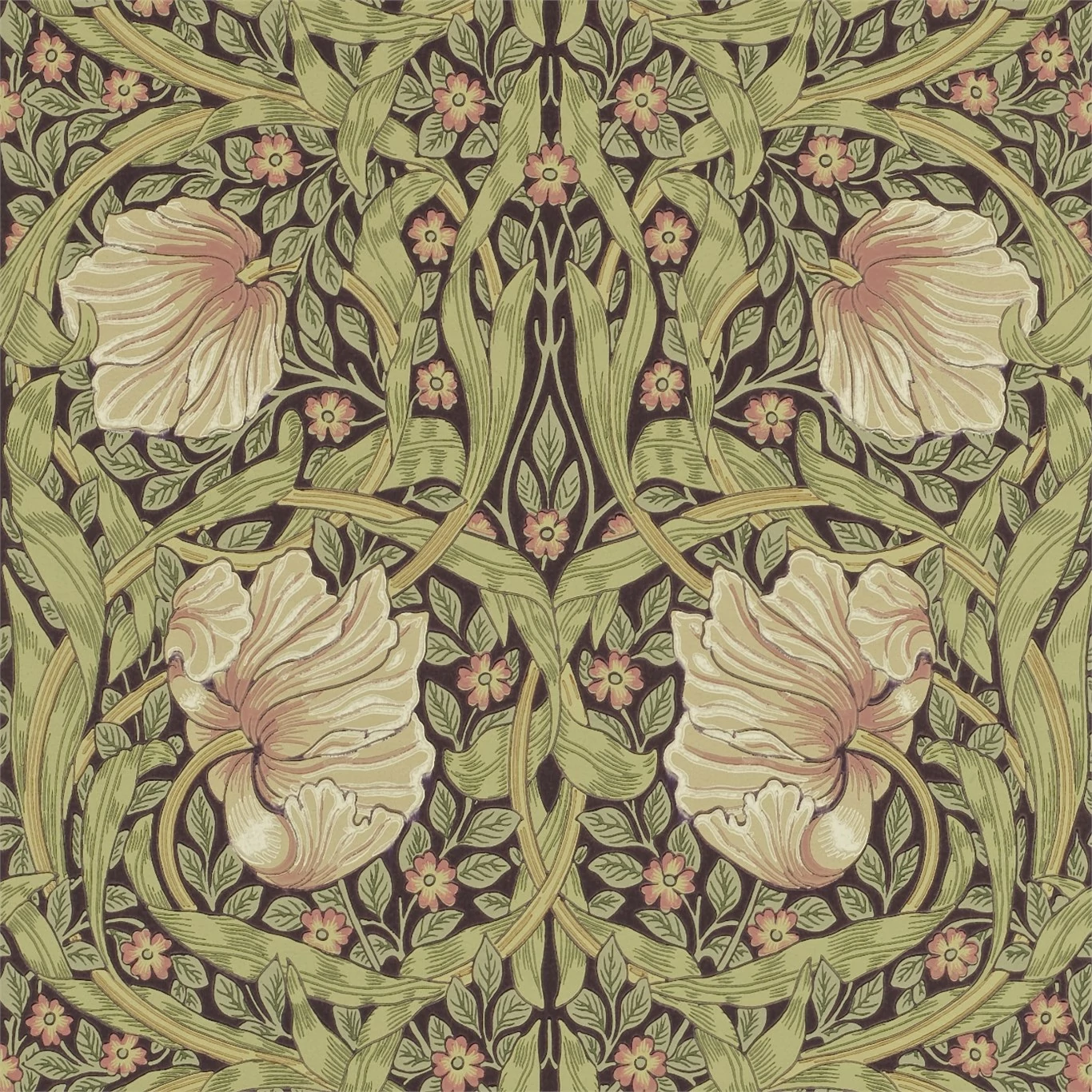

Can you run a socialist company in a capitalist economy?
1834 – 1896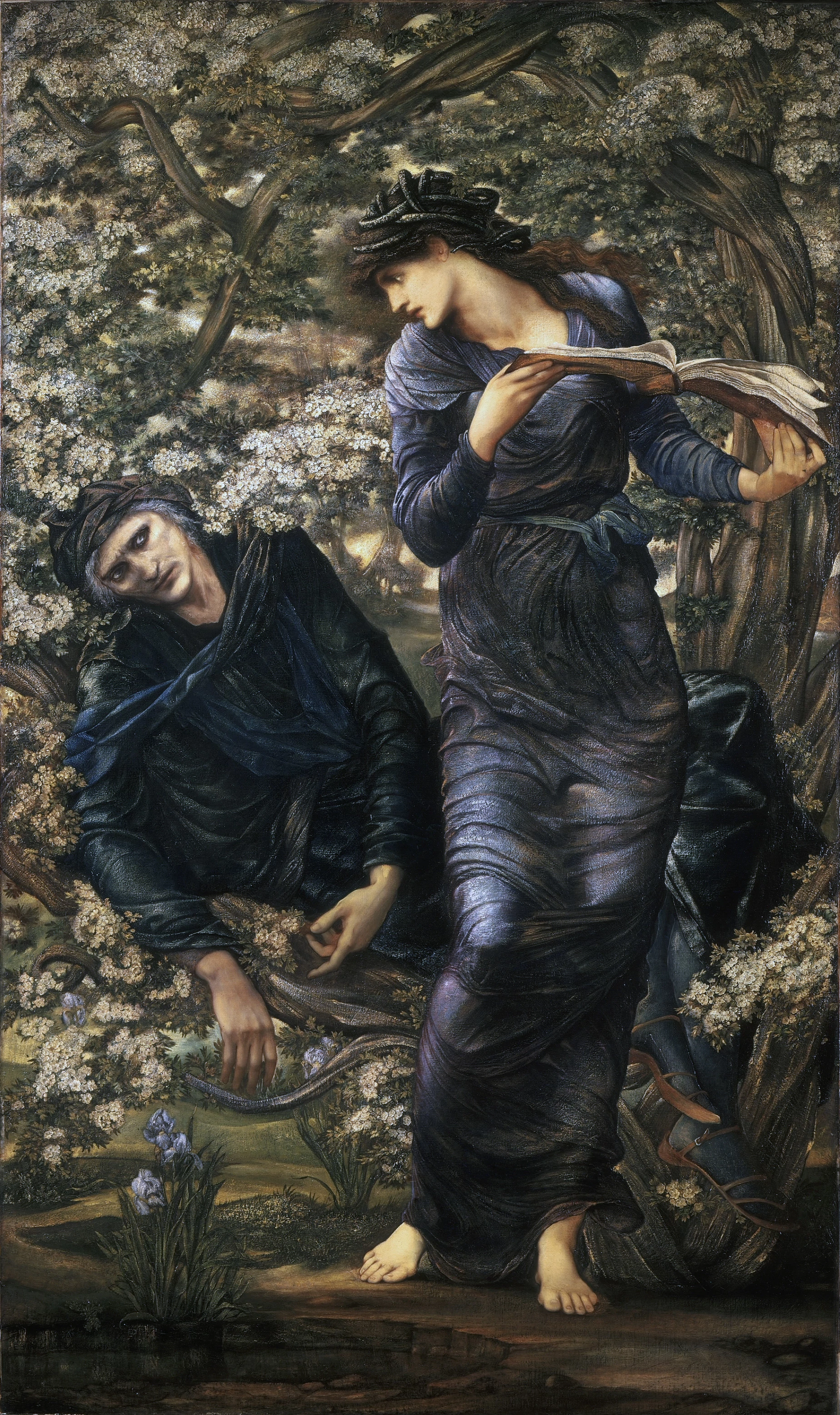
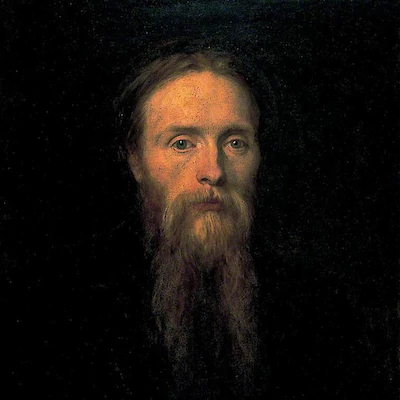
A return to stained-glass grace
1833 – 1898
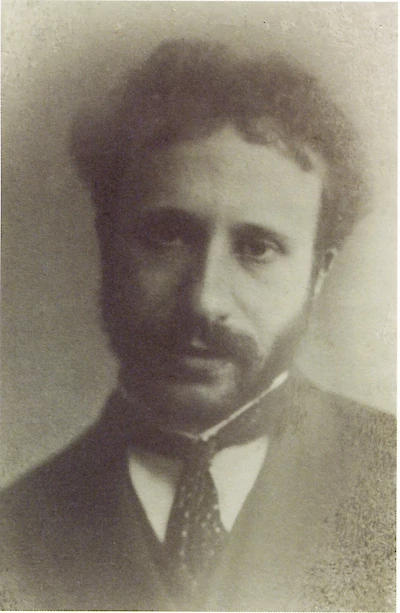
Flamboyant, unrepentant, and fabulous
1840 – 1905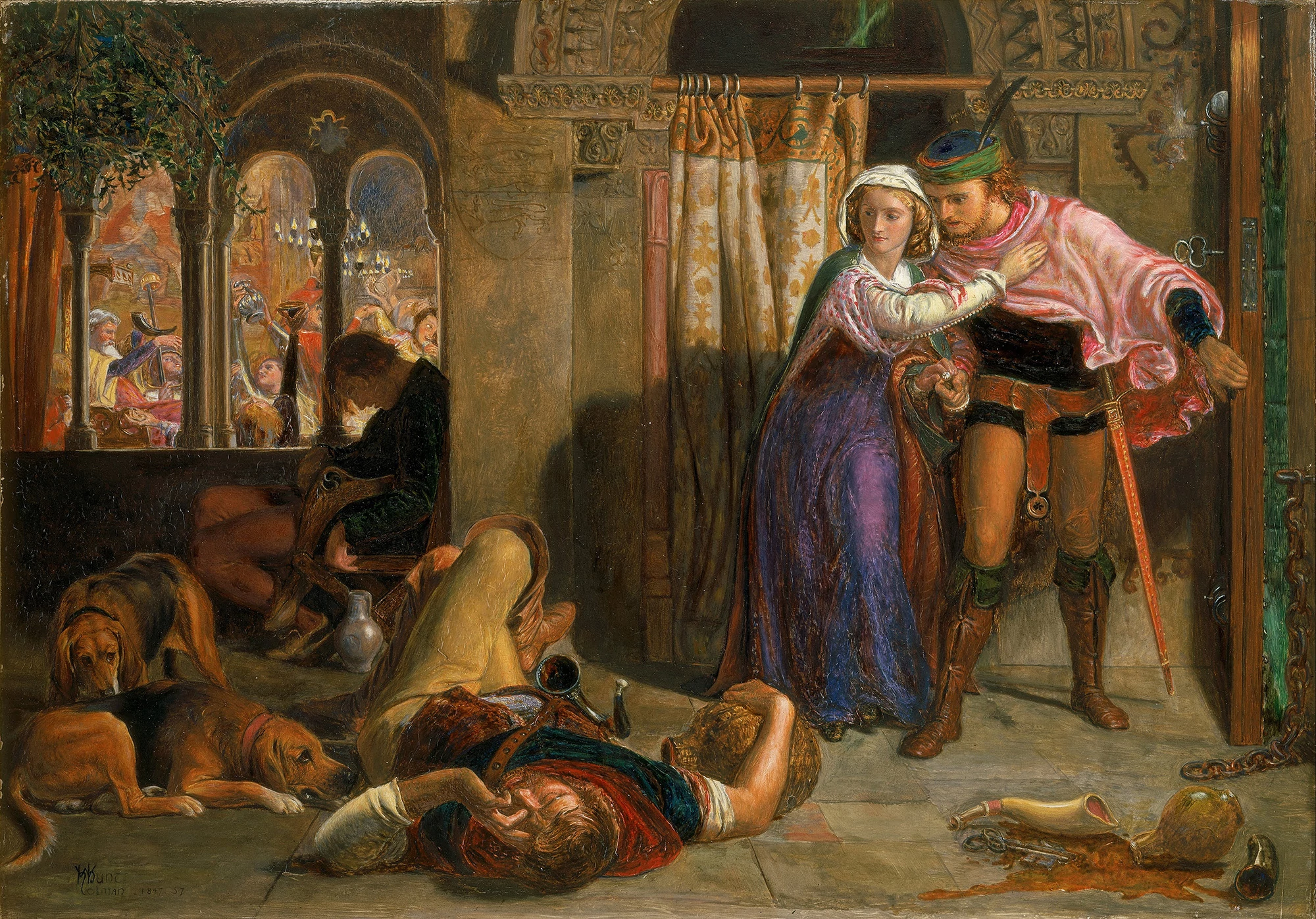
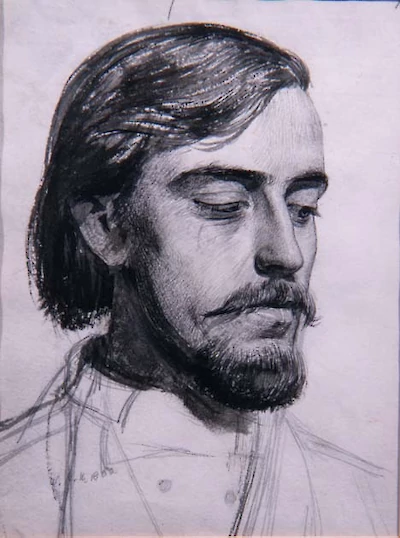
Stubborn commitment = beauty
1827 – 1910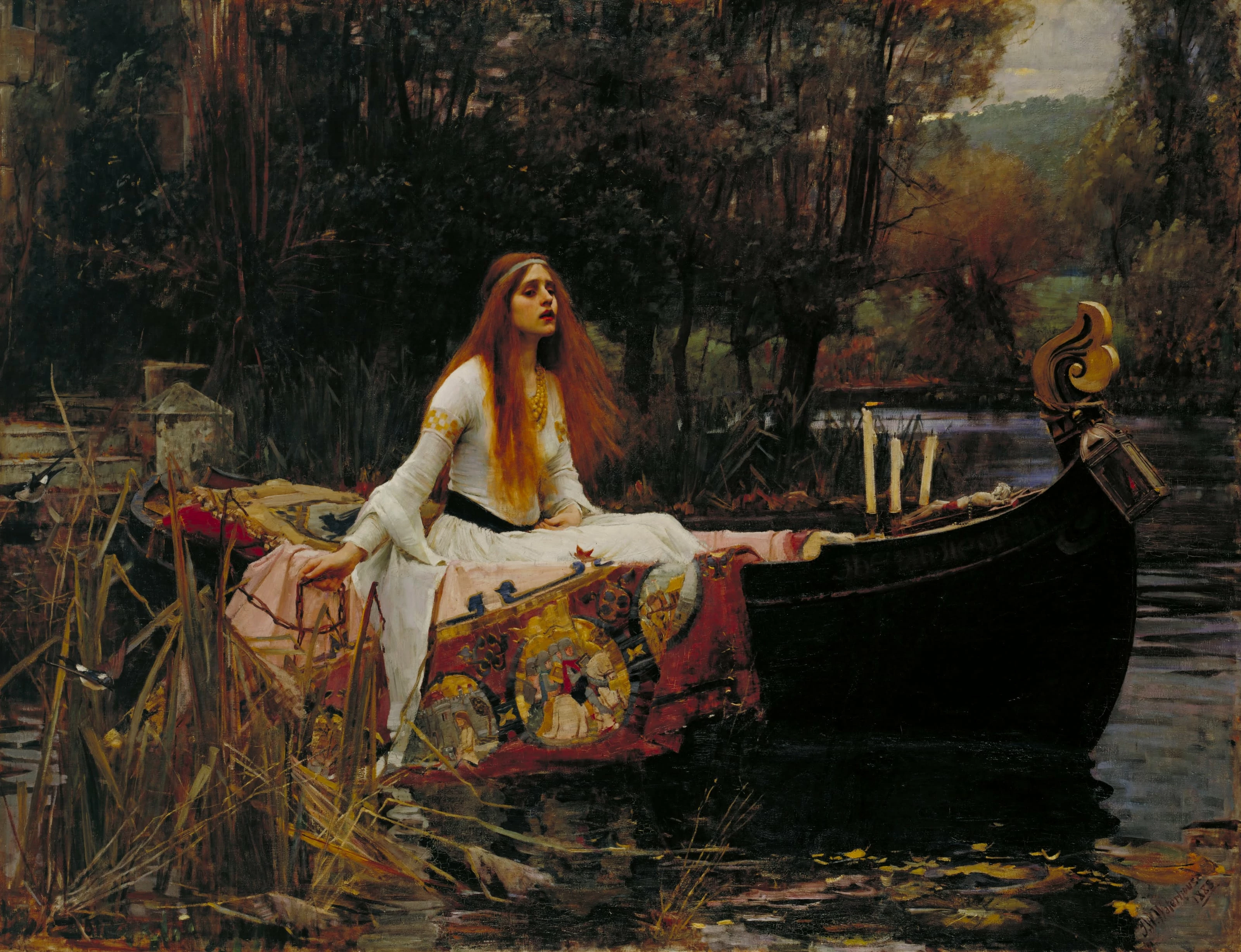
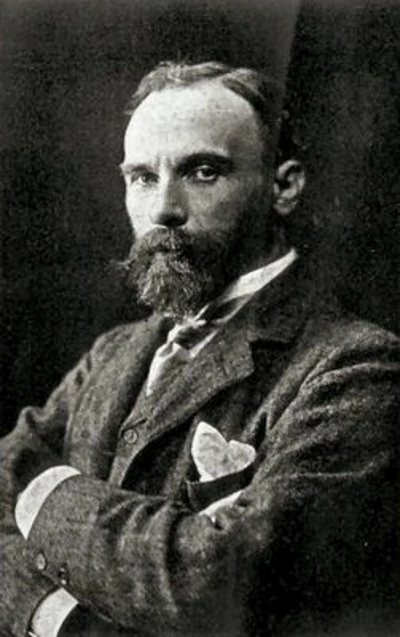


"Art is eternal, but life is short…"
1855 – 1919